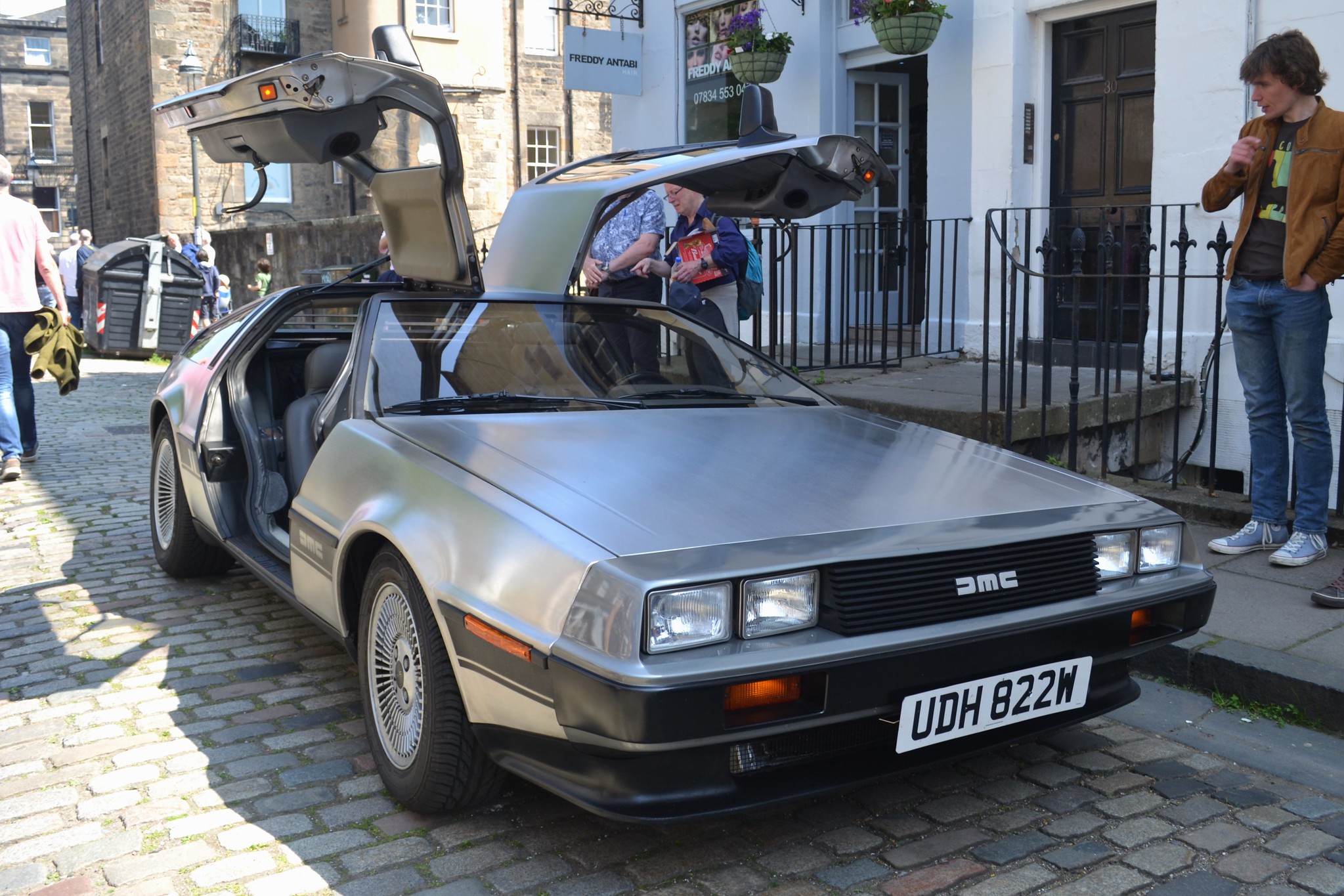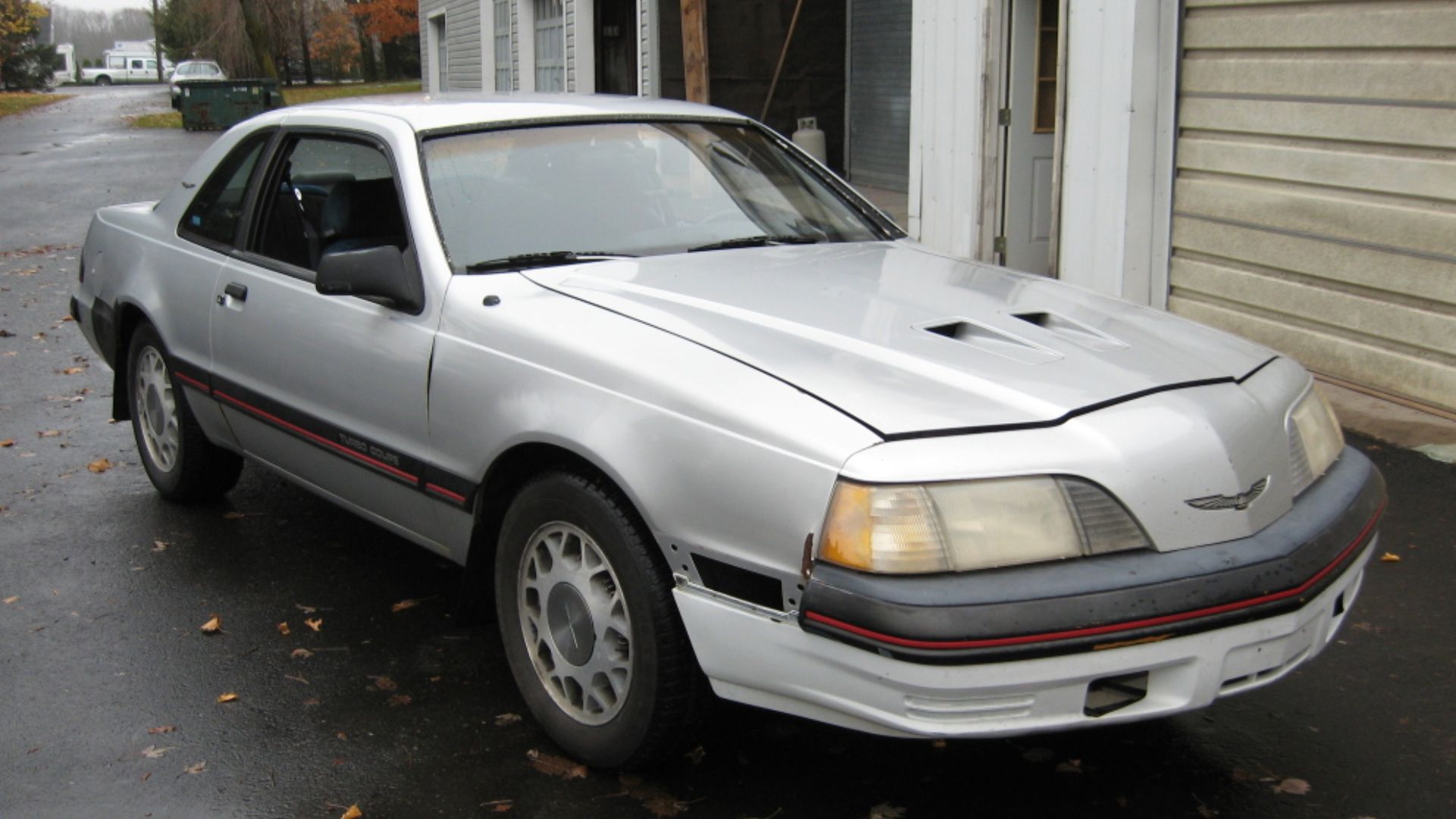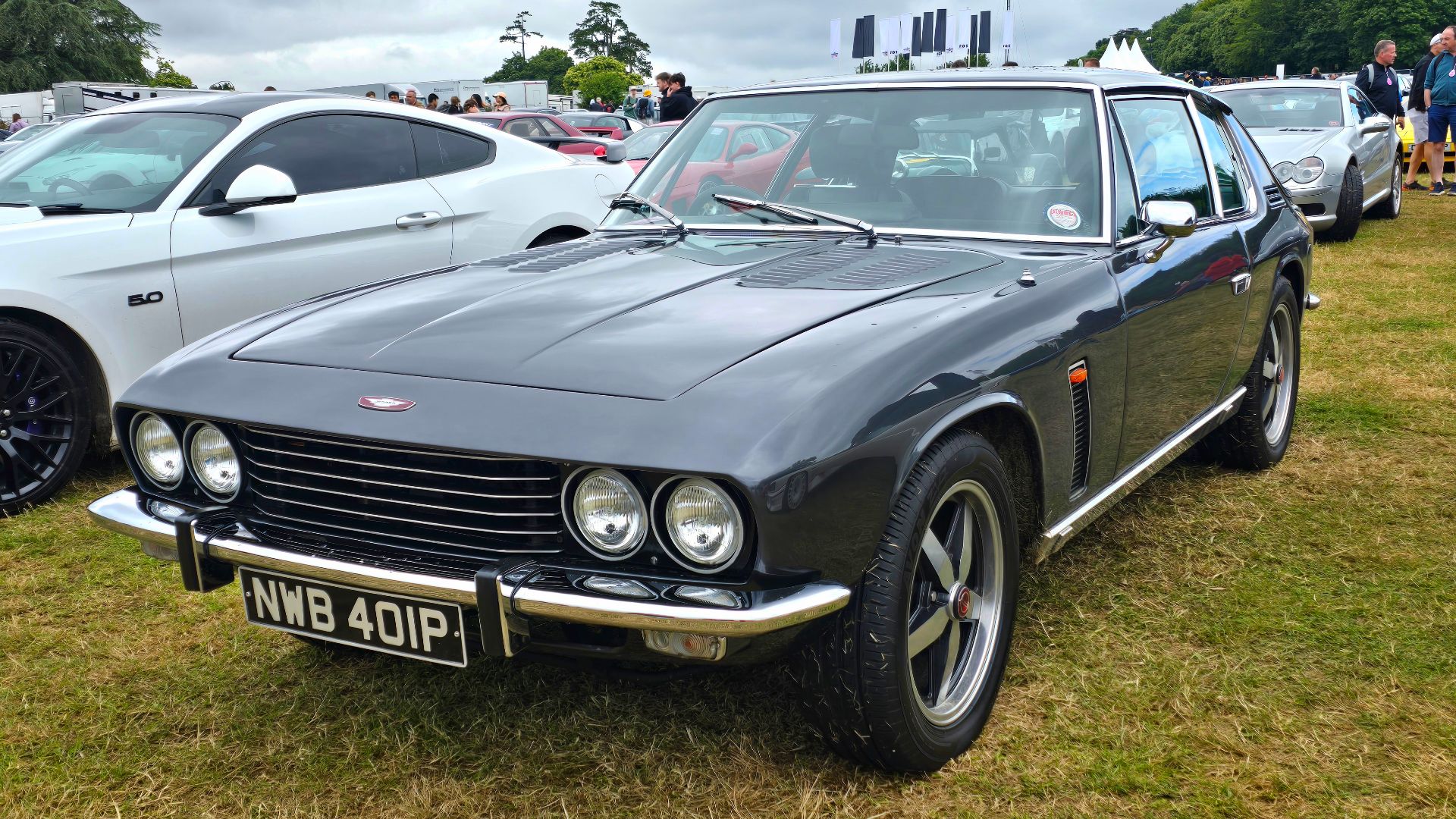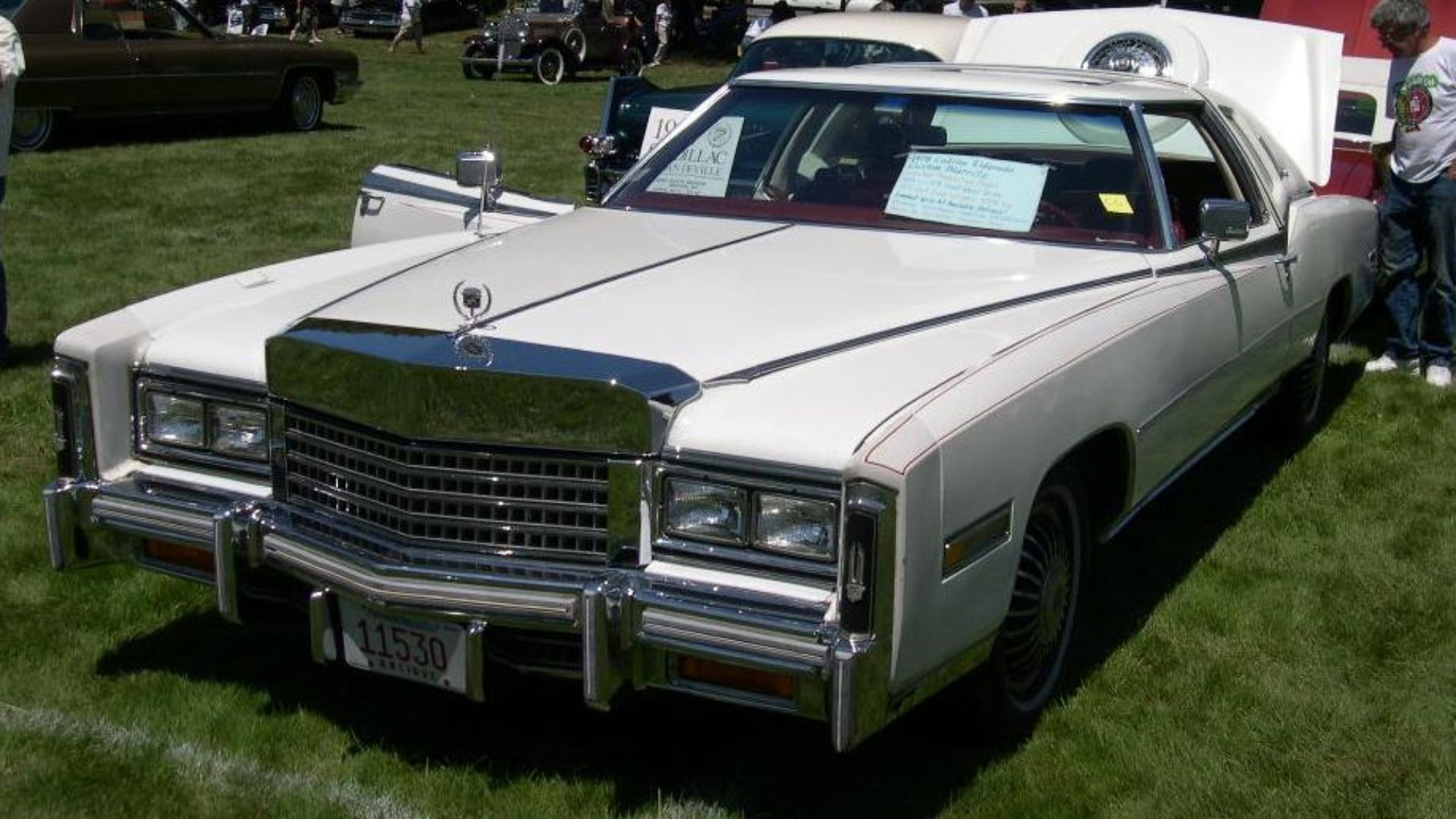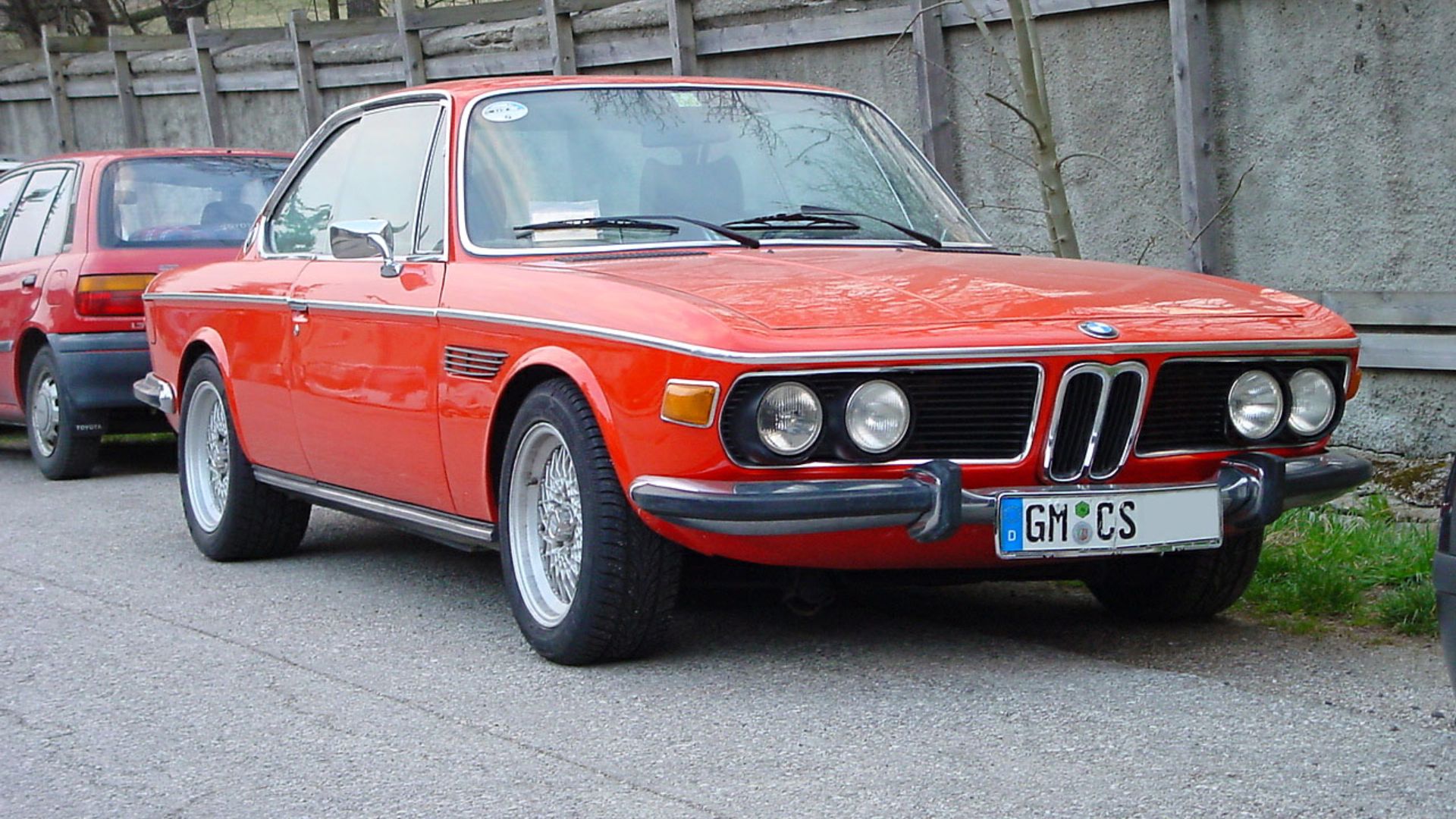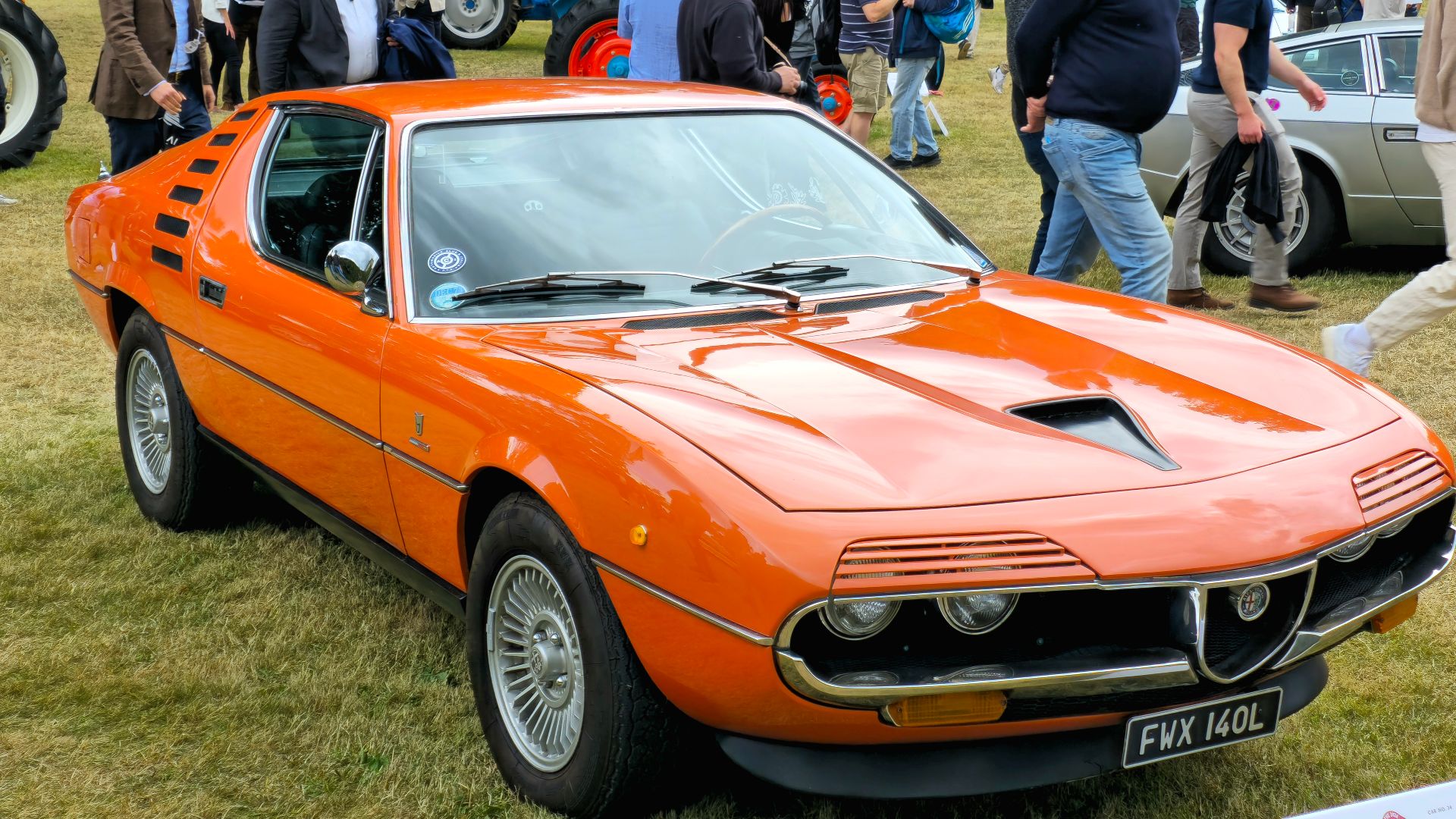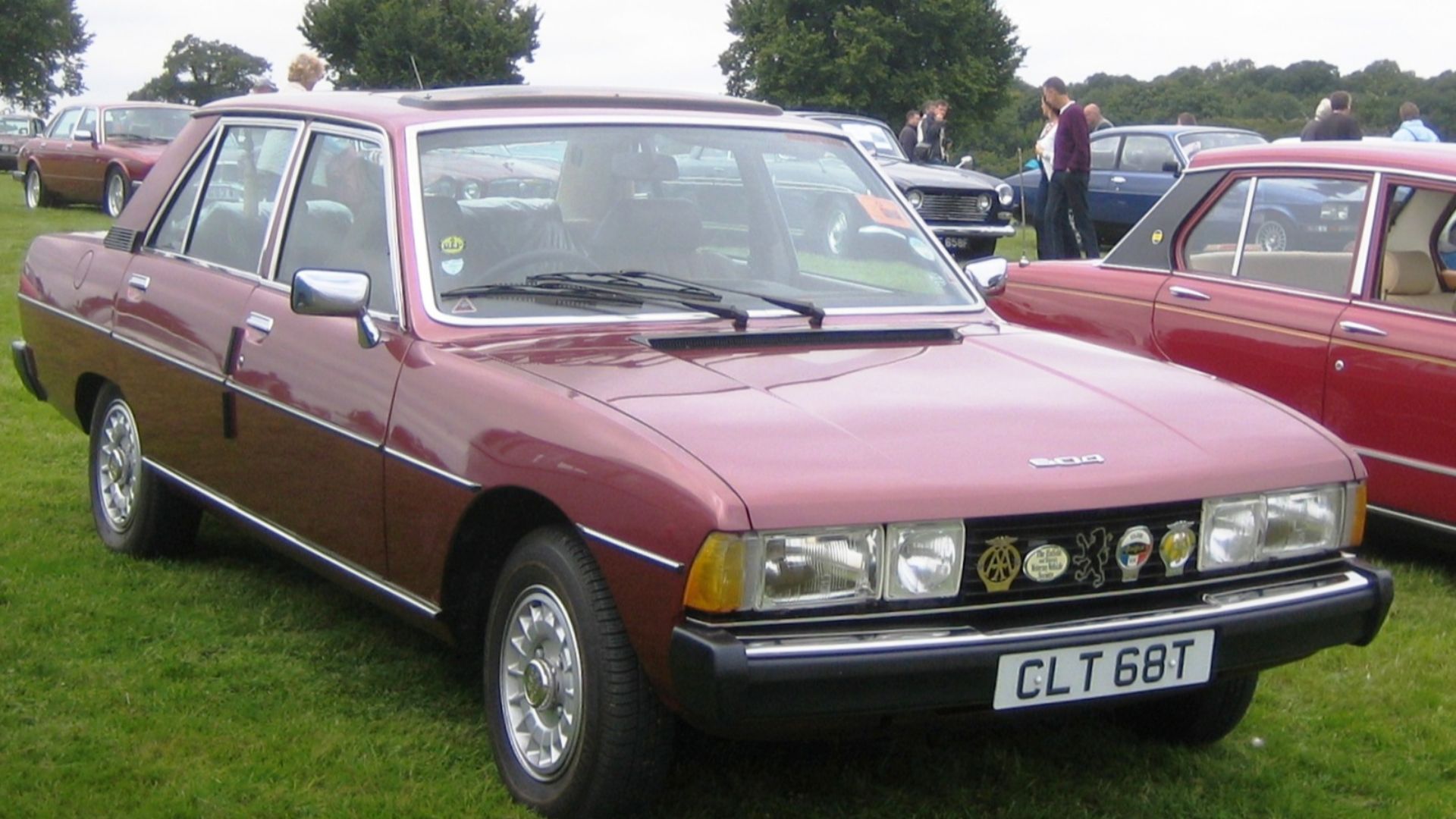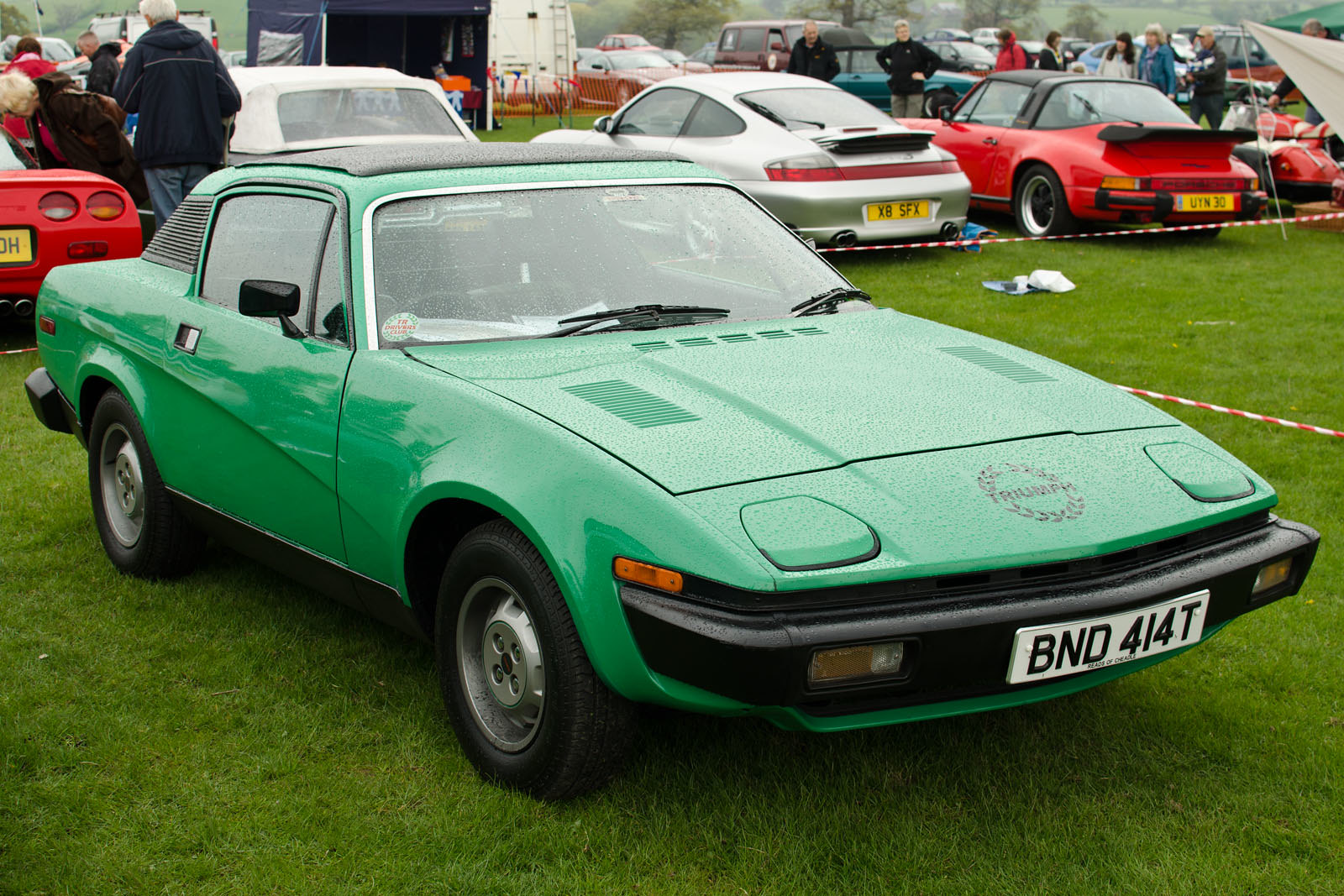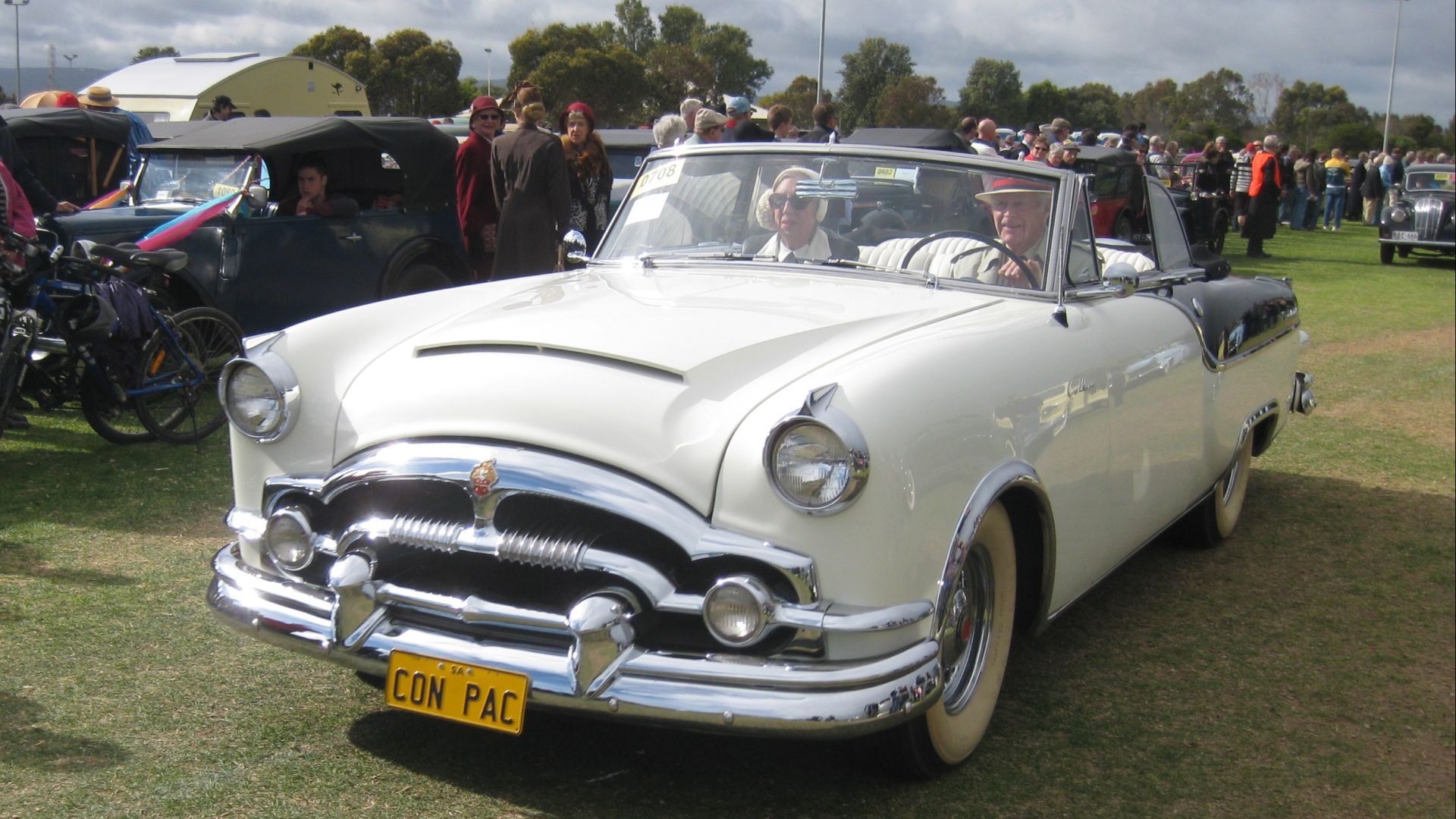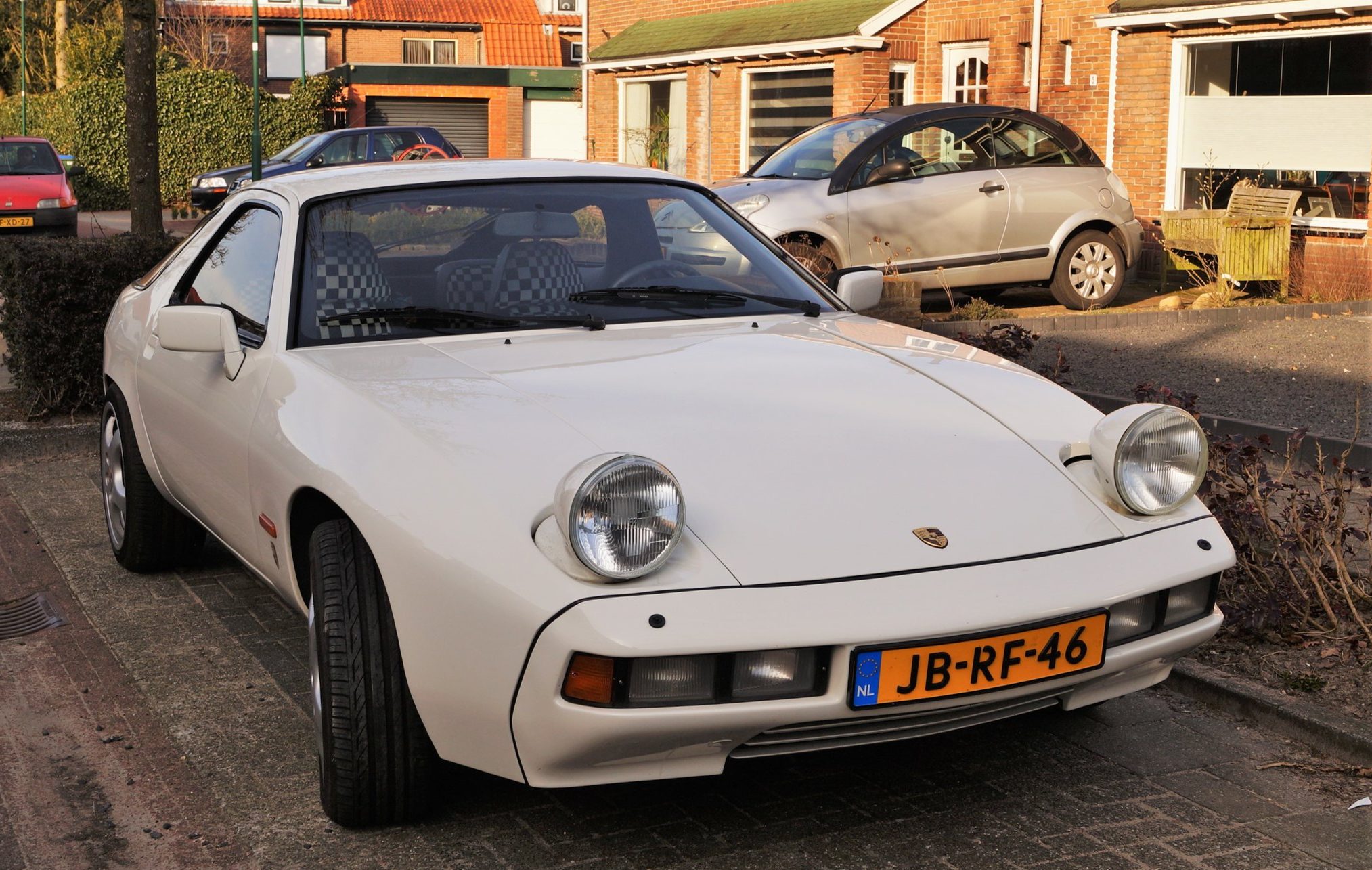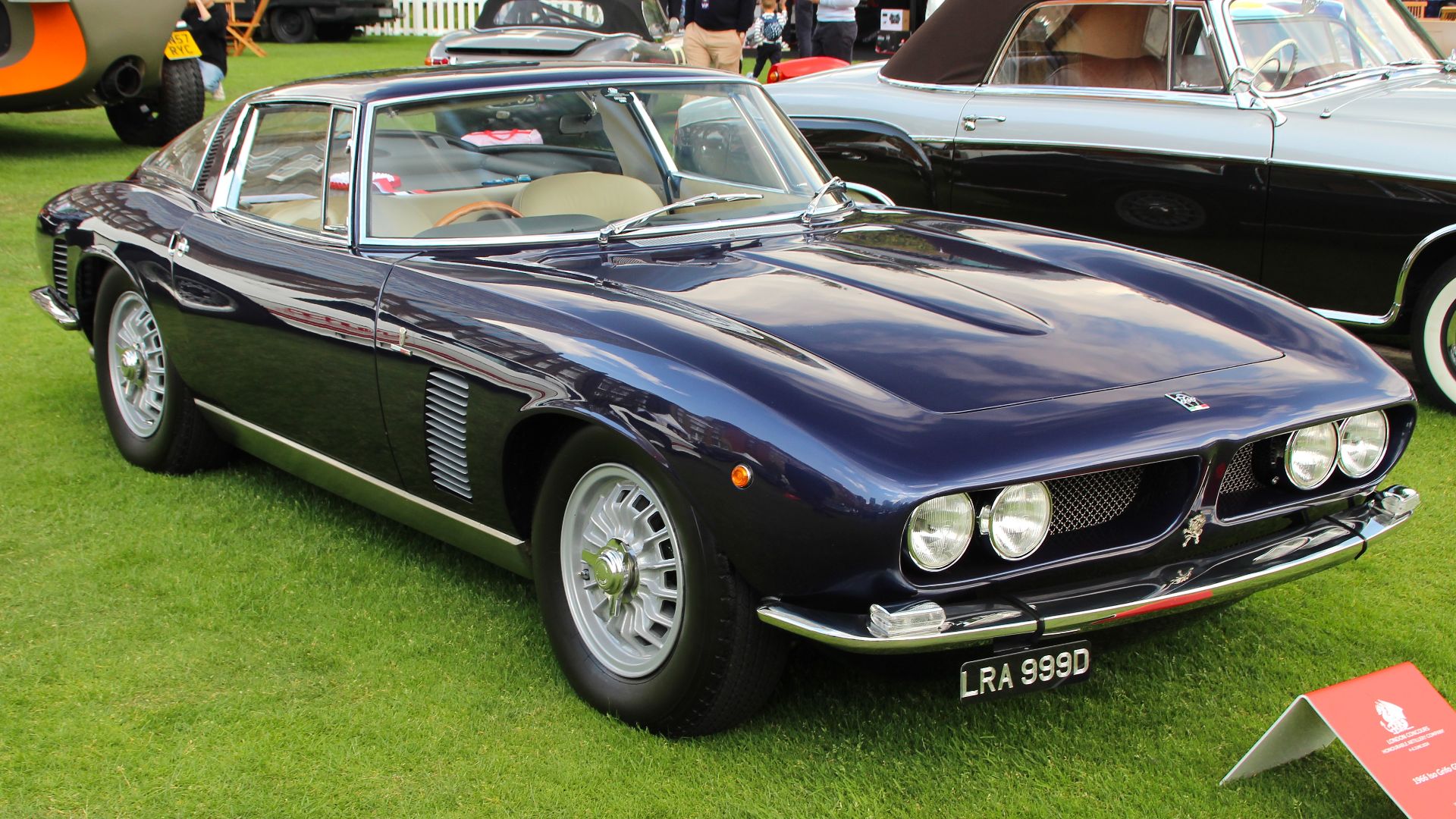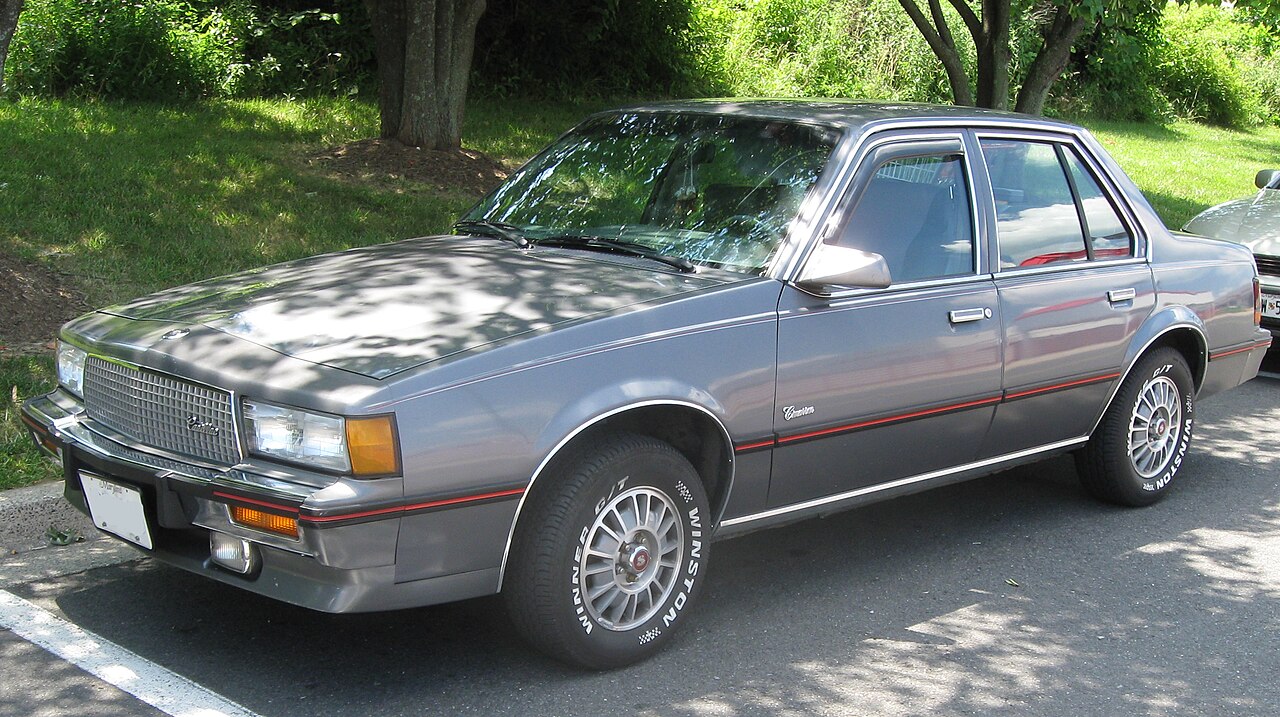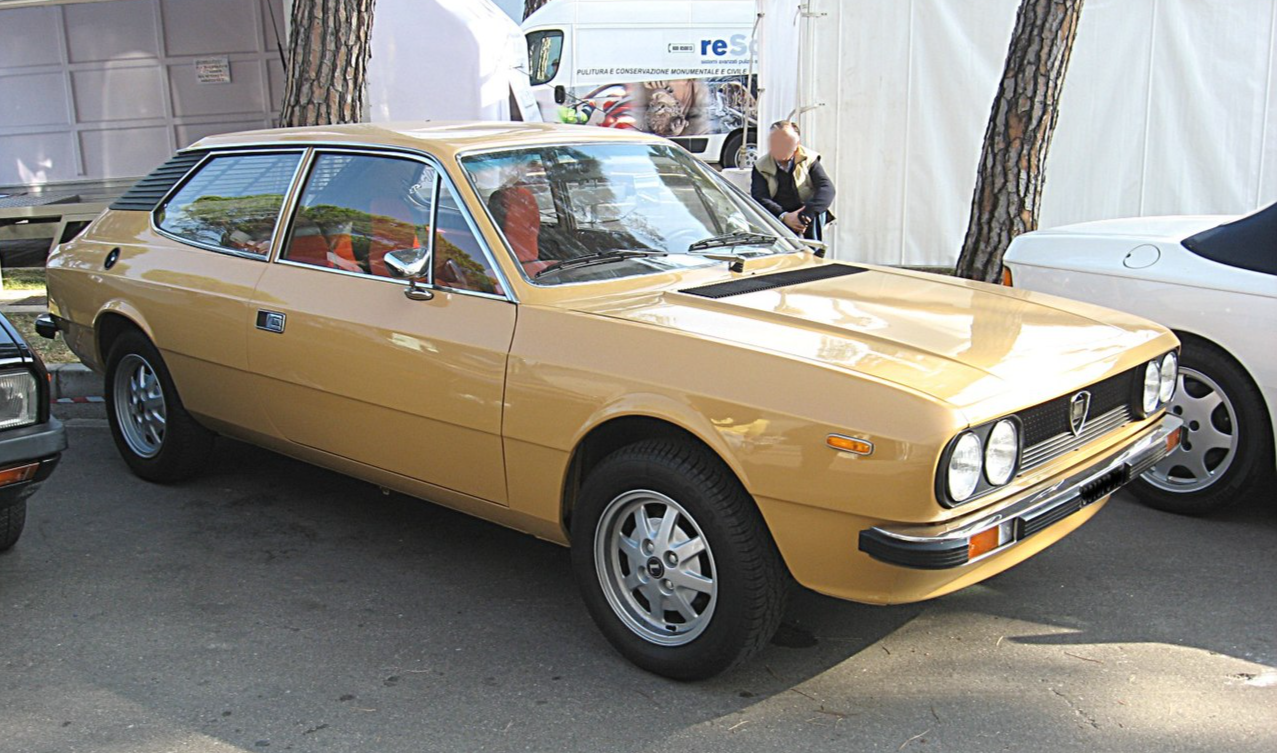Not Every Classic Was Built To Last
There's a fine line between a collector's gem and mechanical regret. Many of these iconic cars left the factory looking flawless, and while some broke records, others broke down.
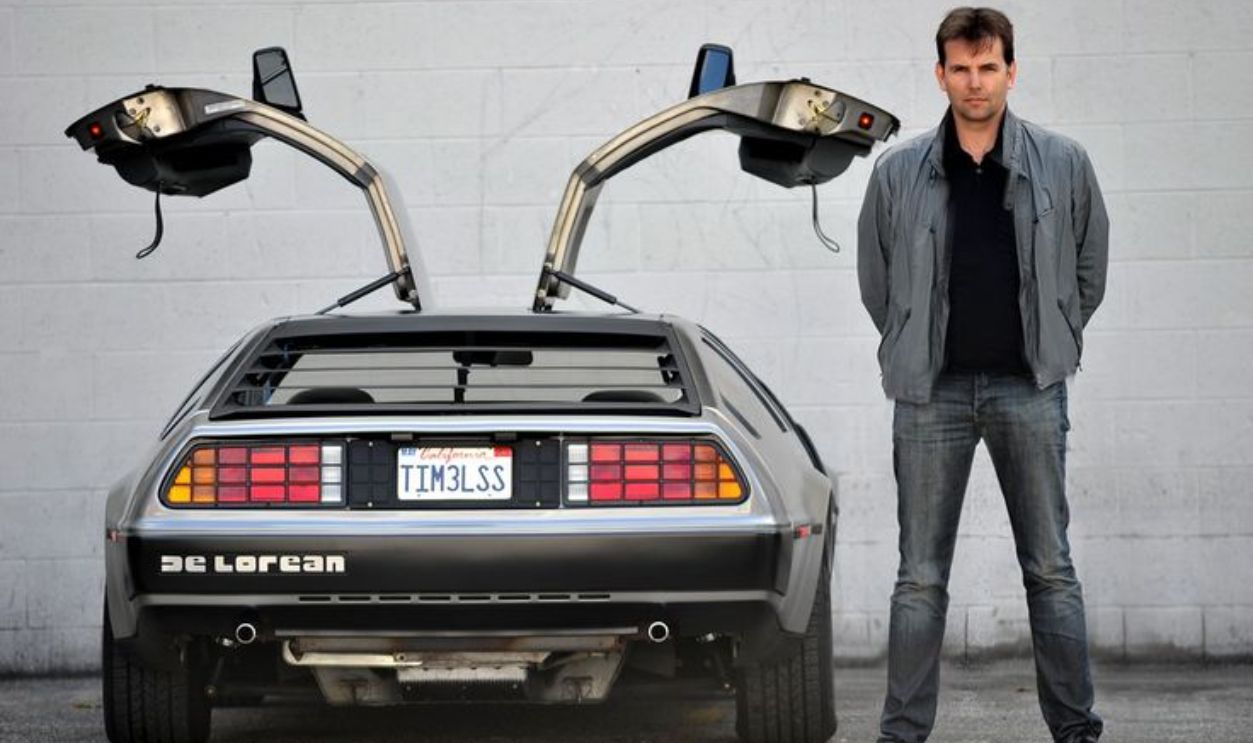
Jaguar E-Type (1961–1974)
The E-Type dazzled with beauty, but its charm masked persistent issues. Series I models overheated easily, while Lucas electrics frequently failed. Although Series II introduced improved cooling and better brakes, reliability remained a concern. Restoring one was expensive and upkeep demanded deep commitment.
 SG2012, CC BY 2.0, Wikimedia Commons
SG2012, CC BY 2.0, Wikimedia Commons
DeLorean DMC-12 (1981–1983)
Despite Hollywood fame, the DMC-12's 2.85L PRV V6 produced just 130 hp. Early builds suffered from panel misalignment and sluggish acceleration, while quality control lagged under rushed production. Owners frequently dealt with failing door actuators, and above that, supply issues for parts arose soon after the company's quick collapse.
Ferrari Mondial (1980–1993)
Billed as a practical Ferrari, the Mondial disappointed. Its 3.0L or later 3.2L V8 was underpowered, and electrical problems plagued models across the years. Additionally, accessing mid-engine components made maintenance costly and complex. Even enthusiasts admitted it often outweighed performance.
 Geekstreet, CC BY-SA 4.0, Wikimedia Commons
Geekstreet, CC BY-SA 4.0, Wikimedia Commons
Ford Thunderbird Turbo Coupe (1983–1988)
When spirited performance met aging technology, the 2.3L turbocharged four-cylinder delivered 145–190 hp. However, turbo lag hindered its performance compared to other V8 rivals. Digital dashboards were prone to failures, which included dimming displays and non-functional gauges, making long-term ownership burdensome.
Bricklin SV-1 (1974–1976)
Production of the SV-1 lasted only two years, as the car struggled with inconsistent assembly quality and underwhelming AMC or Ford V8 engines. The hydraulic gullwing doors frequently failed, especially in cold weather. Meanwhile, its acrylic panels faded or cracked over time, undermining the original safety-focused vision.
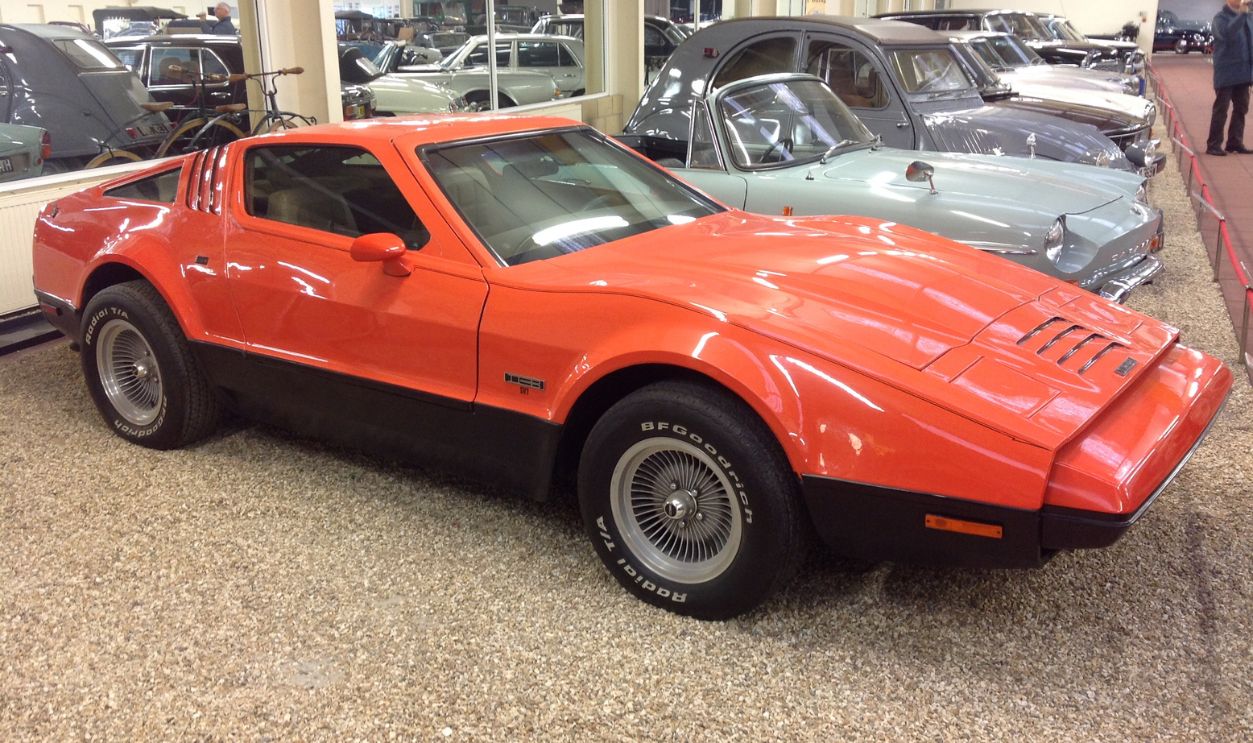 Andrew Bone, CC BY 2.0, Wikimedia Commons
Andrew Bone, CC BY 2.0, Wikimedia Commons
Aston Martin Lagonda (1976–1989)
Known for its digital dashboard and wedge design, the Lagonda was groundbreaking but highly flawed. Early LED readouts failed regularly, and touch-sensitive switches often malfunctioned. Although the 5.3L V8 was powerful, it was paired with unreliable electronics. As a result, maintenance was burdensome, and functionality declined quickly.
 Alf van Beem, Wikimedia Commons
Alf van Beem, Wikimedia Commons
Jensen Interceptor (1966–1976)
A grand tourer with American muscle, the Interceptor featured Chrysler V8s but suffered from poor British assembly. Bodies rusted easily, and Lucas electrics caused endless problems. Furthermore, parts were scarce, and restoration costs often exceeded resale value. It was a passion project that was best left to the deeply committed.
Chevrolet Corvair Monza Spyder (1962–1964)
Ralph Nader's Unsafe at Any Speed exposed the Corvair's significant safety deficiencies, drawing particular attention to the Monza Spyder and igniting a nationwide debate over its dangerous design. The car's swing-axle suspension and rear-engine layout caused handling instability, particularly in emergencies.
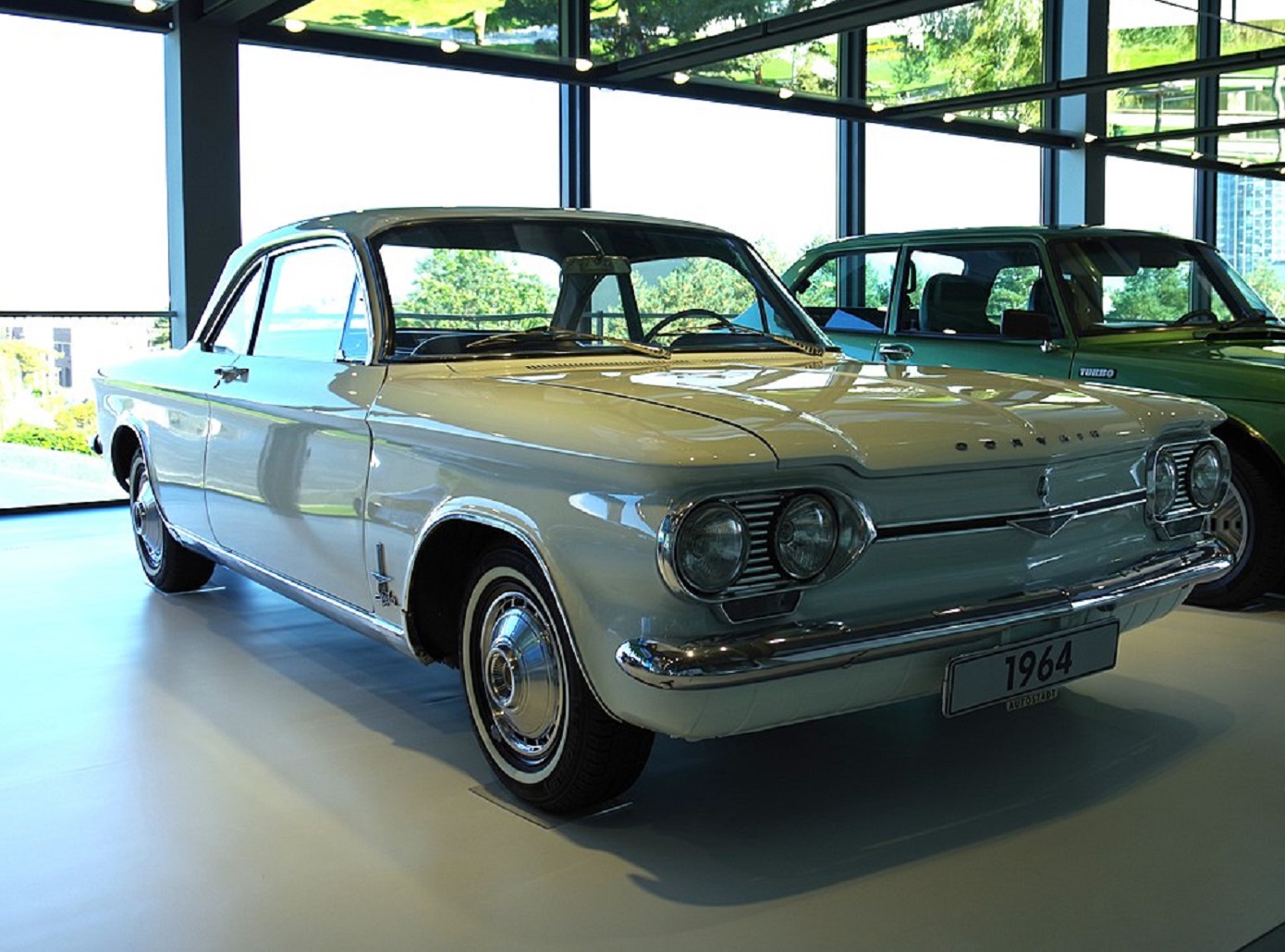 Triple-green, CC BY-SA 2.0, Wikimedia Commons
Triple-green, CC BY-SA 2.0, Wikimedia Commons
Cadillac Eldorado Biarritz (1976 Convertible)
Though glamorous, the final-year Biarritz convertible’s upkeep proved taxing. Parts, particularly trim pieces and convertible top motors, became scarce by the 1980s due to limited production. While overheating wasn’t linked to the front-wheel-drive layout, some owners reported cooling issues with the 500-cubic-inch V8.
Maserati Biturbo (1981–1994)
Marketed as a performance bargain, the Biturbo demanded constant attention. The twin-turbo V6 required expert tuning, and early models with carburetors frustrated owners. Later fuel-injected versions improved reliability, but rust and fragile electrics lingered. For many, the cost of upkeep outweighed the thrill.
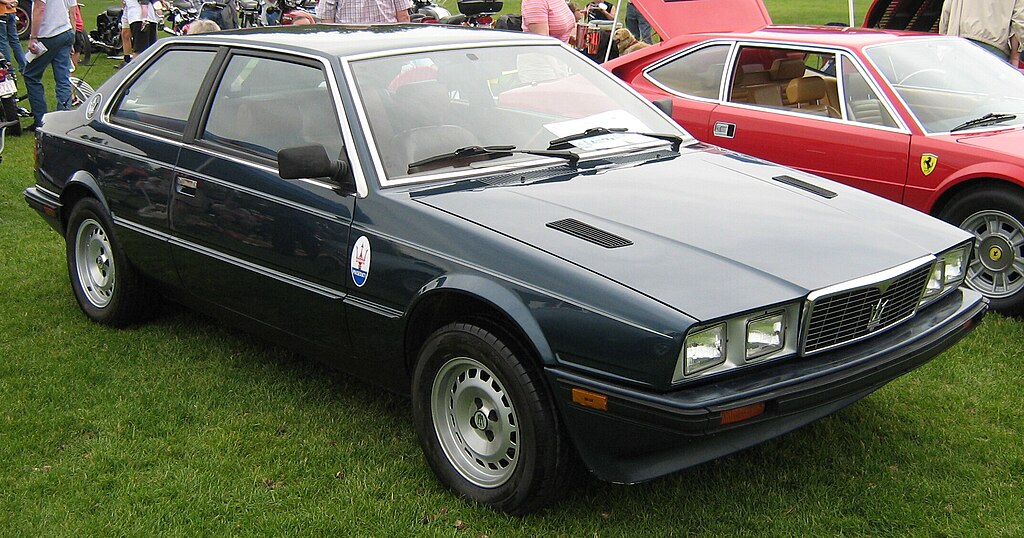 dave_7, CC BY 2.0, Wikimedia Commons
dave_7, CC BY 2.0, Wikimedia Commons
Cadillac Allante (1987–1993)
A transatlantic design process inflated costs without delivering lasting satisfaction. Though stylish and respectable, the Allante suffered from digital display glitches and finicky convertible tops. Owners were dealing with costly quirks that clashed with the car's promise of seamless European-inspired luxury.
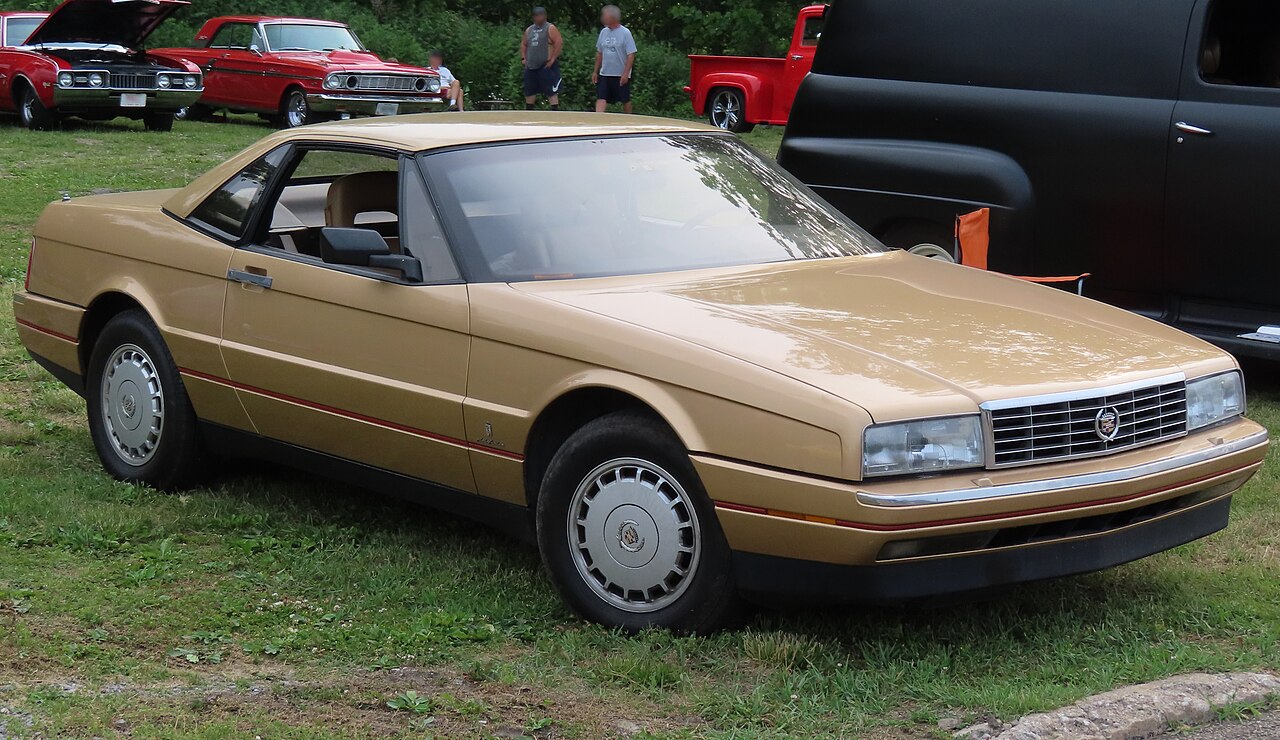 MercurySable99, CC BY-SA 4.0, Wikimedia Commons
MercurySable99, CC BY-SA 4.0, Wikimedia Commons
Rolls-Royce Camargue (1975–1986)
Priced higher than any other production car of its time, the Camargue fell short of expectations. Its climate system was complex, and maintenance costs quickly mounted. Despite sharing parts with other Rolls models, the car's return on investment rarely justified that $90,000 price tag back in the day.
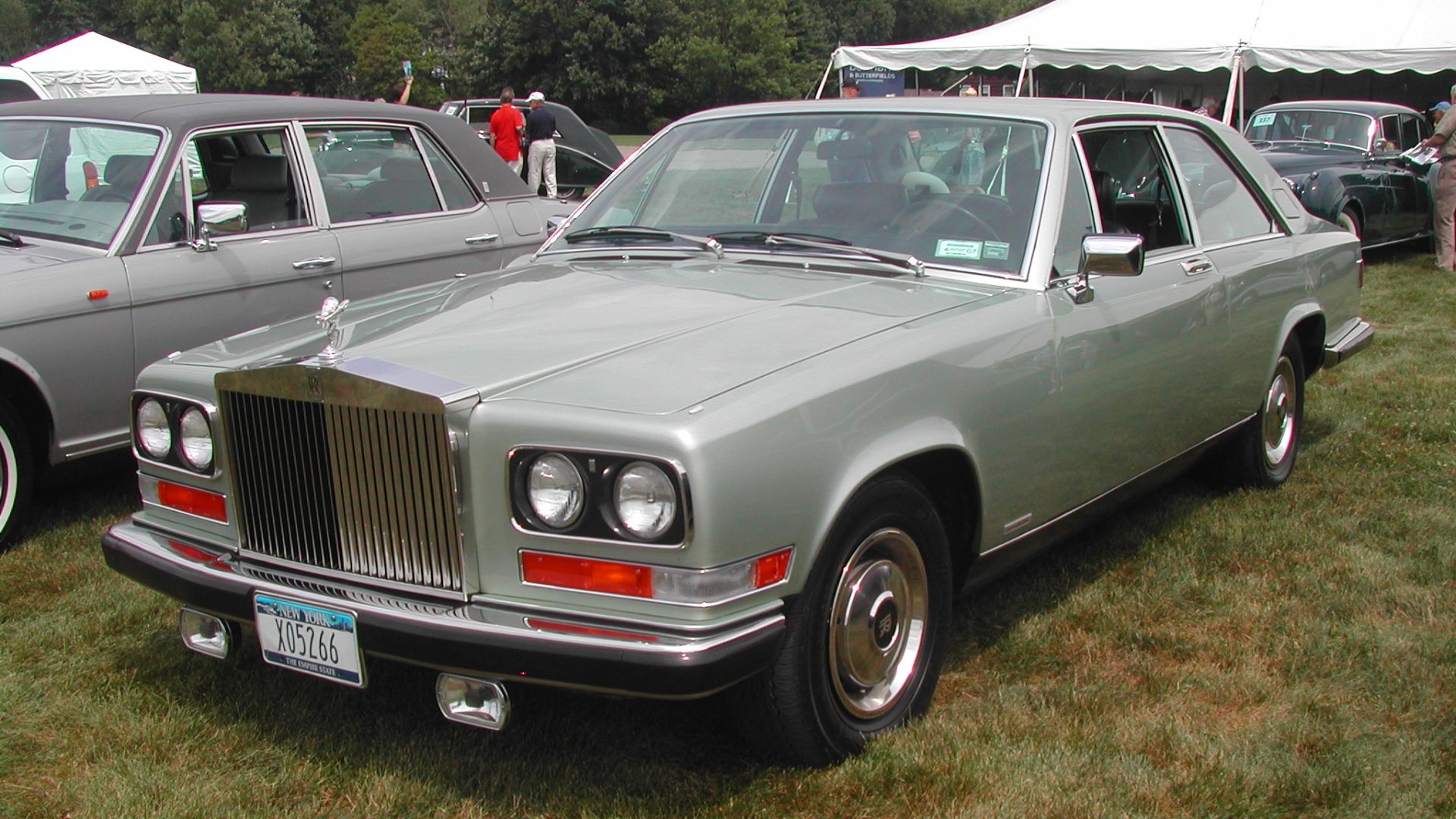 User Jagvar on en.wikipedia, Wikimedia Commons
User Jagvar on en.wikipedia, Wikimedia Commons
BMW 3.0CSi (1971–1975)
The 3.0CSi delivered style and spirited performance, but rust quietly eroded its legacy. Rocker panels and shock towers were particularly vulnerable, and replacement parts were expensive. Restoration often demanded more than anticipated, turning this elegant coupe into a costly commitment.
Citroen SM (1970–1975)
Bold in concept, the SM blended French design with Maserati engineering, but complexity followed. Its hydraulic system controlled suspension and brakes and required specialist care. Failures weren't inevitable, but the learning curve and maintenance costs often deterred even the most devoted owners.
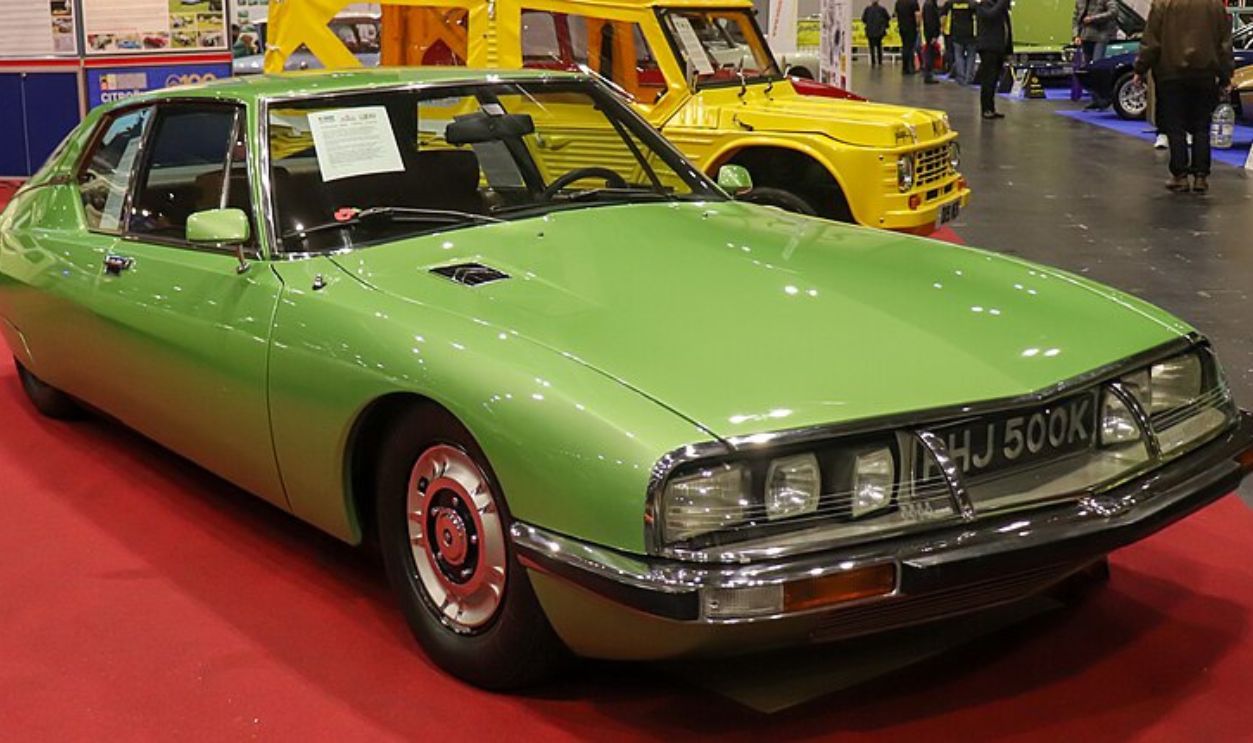 Vauxford, CC BY-SA 4.0, Wikimedia Commons
Vauxford, CC BY-SA 4.0, Wikimedia Commons
Lincoln Continental Mark IV (1972–1976)
This land yacht offered flash and comfort but lacked finesse. Though acceleration was adequate for its era, its weight and suspension softened handling. Moreover, that oversized presence made parking difficult, and its long-term durability ultimately failed to live up to the high expectations.
 Greg Gjerdingen, CC BY-2.0, Wikimedia Commons
Greg Gjerdingen, CC BY-2.0, Wikimedia Commons
Mercedes-Benz 600 (1963–1981)
Repairs required rare tools and expert hands, and leaks in the hydraulic systems weren't uncommon. While some owners managed to keep the 600 running, costs often ballooned. Though engineered to extremes with hydraulics for nearly every function, this car usually proved more complicated than luxurious over time.
 MrWalkr, CC BY-SA 4.0, Wikimedia Commons
MrWalkr, CC BY-SA 4.0, Wikimedia Commons
Alfa Romeo Montreal (1970–1977)
Cooling issues plagued the Montreal, and its SPICA injection system required expert tuning. Though exotic in spirit and powered by a lively V8, maintenance often proved daunting. Many mechanics avoided it entirely. Buyers admired the design but frequently struggled to justify the effort it demanded.
Buick Reatta (1988–1991)
Buick's digital gamble looked futuristic but aged unevenly. The touchscreen interface mystified mechanics and sometimes failed altogether. Build quality was hit or miss, and the front-wheel-drive layout disappointed driving purists. Despite its ambition, the Reatta brought problems most owners didn't bargain for.
 MercurySable99, Wikimedia Commons
MercurySable99, Wikimedia Commons
Pontiac Fiero (1984–1988)
Did you know the Pontiac Fiero was GMC's first mid-engine production sports car? While innovative, poor execution undermined its promise. Early models suffered engine fire risks due to faulty wiring and oil leaks from improperly sealed components. The Fiero's reputation never recovered from the number of recalls it faced.
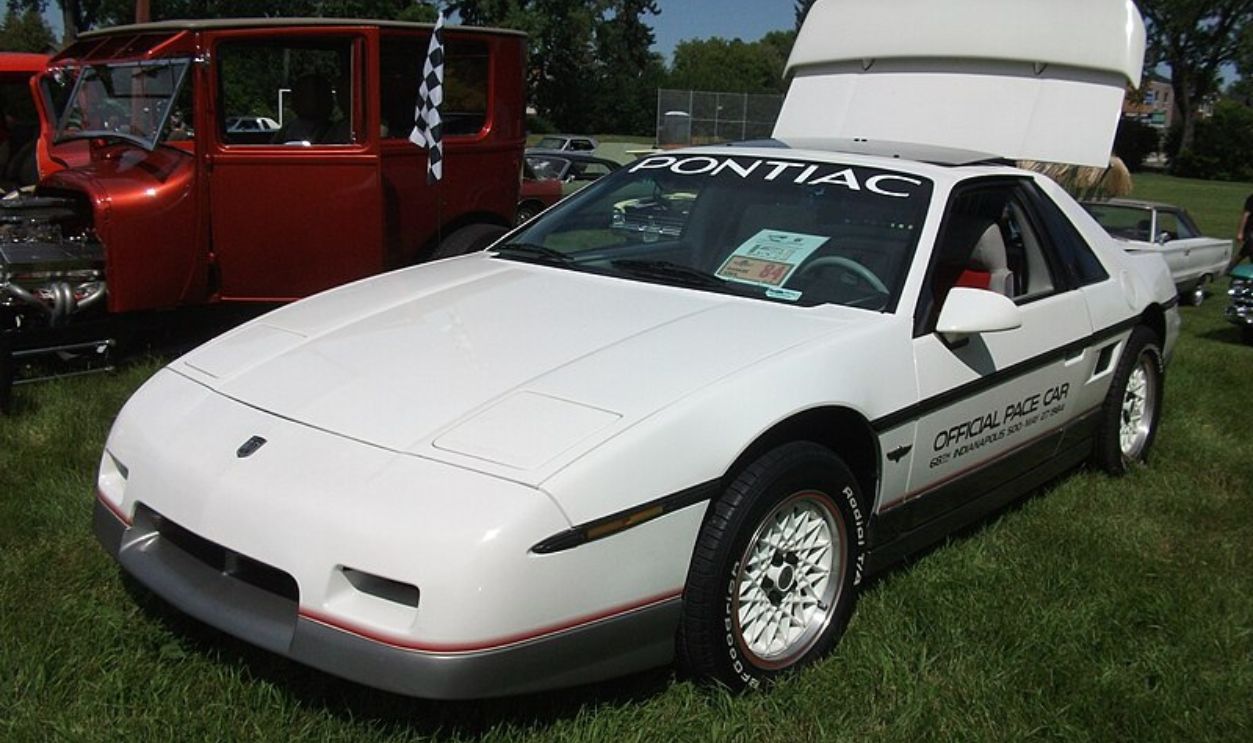 dave_7 from Lethbridge, Canada, CC BY 2.0, Wikimedia Commons
dave_7 from Lethbridge, Canada, CC BY 2.0, Wikimedia Commons
AMC AMX/3 (1970)
AMC's mid-engine prototype promised Ferrari-rivaling performance, but only approximately six AMX/3 prototypes were built, though estimates range from five to seven. AMC claimed the AMX/3 could rival Ferrari's performance, but its 390-cubic-inch V8 was untested in production, and the car never proved itself on the road.
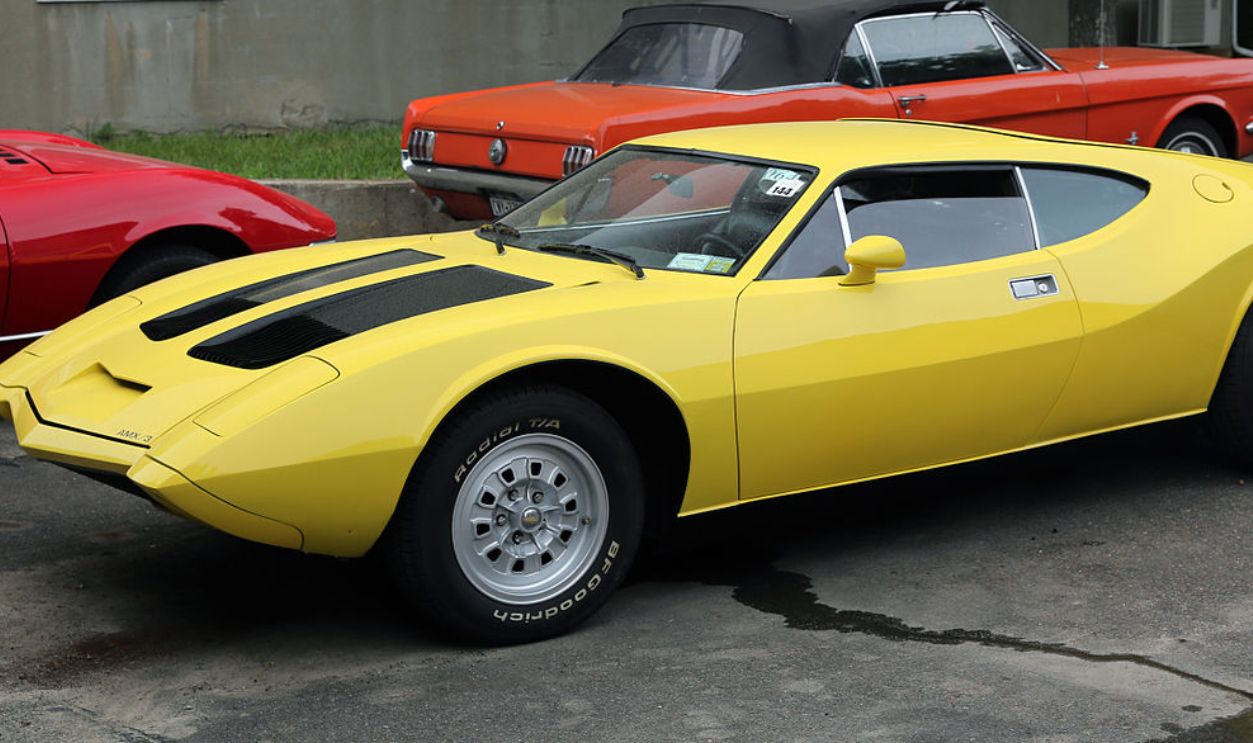 Mr.choppers, CC BY-SA 3.0, Wikimedia Commons
Mr.choppers, CC BY-SA 3.0, Wikimedia Commons
Ford Mustang II (1974–1978)
Built during the fuel crisis, the Mustang II shrank the pony car formula and replaced muscle with mediocrity. It used Pinto underpinnings and topped out at 140 hp, even with a V8. While initially successful, its bland styling and weak performance didn’t take long to disappoint Mustang enthusiasts.
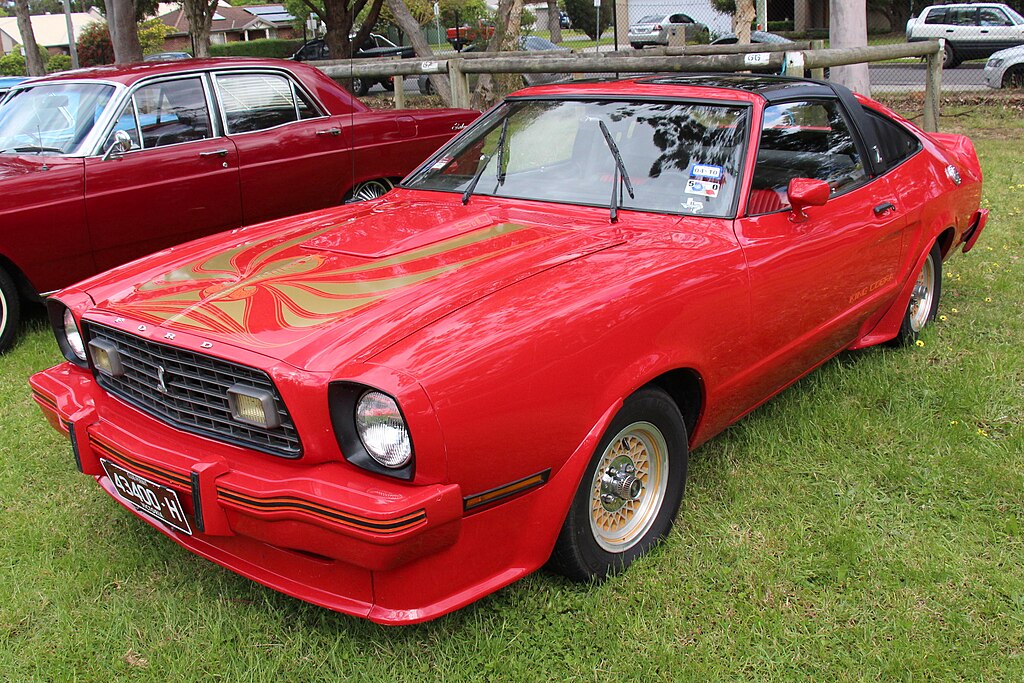 Sicnag, CC BY 2.0, Wikimedia Commons
Sicnag, CC BY 2.0, Wikimedia Commons
Chevrolet Camaro Iron Duke (1982–1986)
Buyers of the Iron Duke expected muscle but got sluggish acceleration instead. This car’s 2.5L inline-four produced 92–94 hp to offer sluggish performance akin to an economy sedan. Though the third-gen Camaro looked bold, the entry-level engine was perceived to diminish its street credibility among enthusiasts.
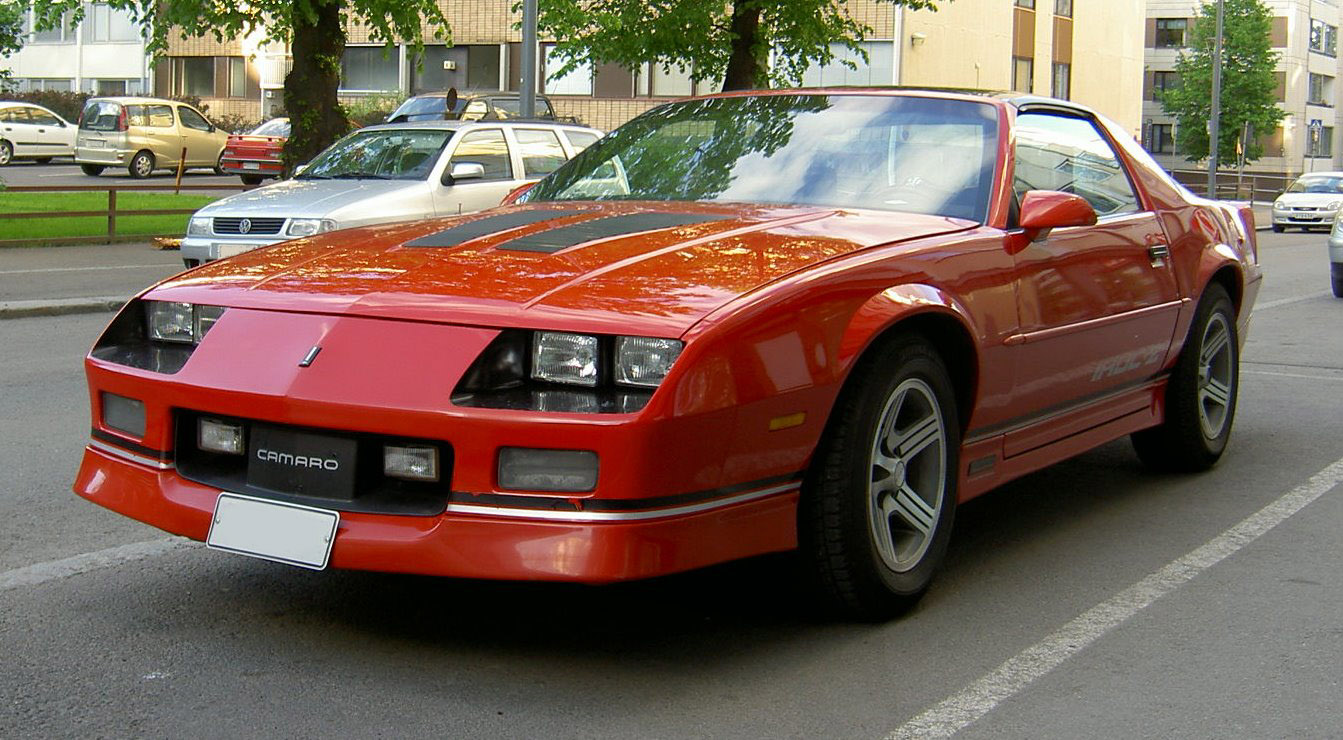 M62, CC BY-SA 3.0, Wikimedia Commons
M62, CC BY-SA 3.0, Wikimedia Commons
Oldsmobile 442 (1985–1987)
Once a muscle icon, the '80s 442 became a branding exercise. Despite bold decals and twin exhaust tips, it used a modest 5.0L V8 producing 180 hp. Riding on the Cutlass Supreme chassis, it offered more nostalgia than performance, ultimately failing to live up to its former glory.
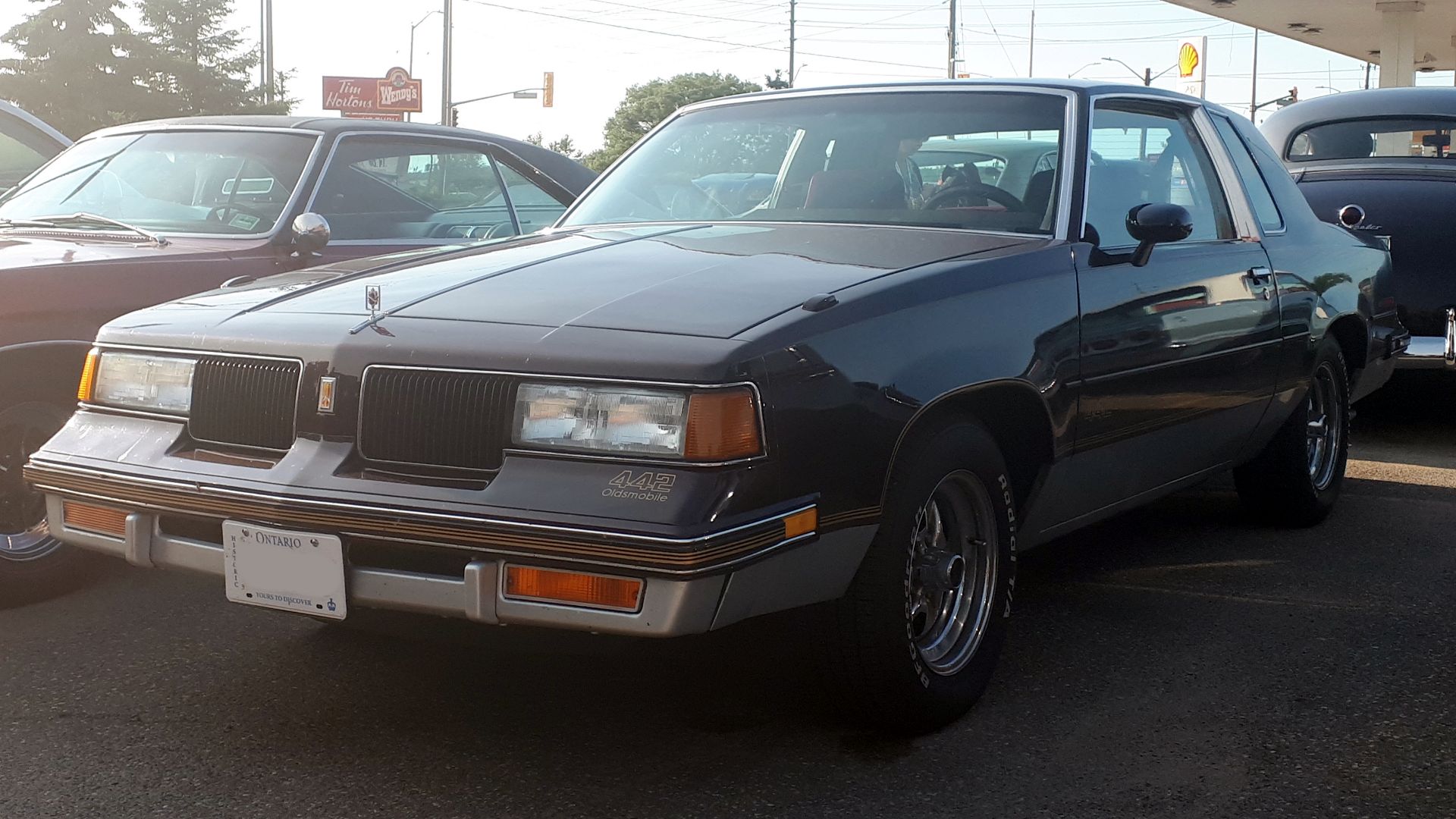 SsmIntrigue, Wikimedia Commons
SsmIntrigue, Wikimedia Commons
Plymouth Volare Road Runner (1976–1980)
Rust plagued early Volare-based Road Runners, and emissions gear smothered the available 360-cubic-inch V8. While the styling delivered flair, performance rarely followed. The Road Runner name once stood for speed. Still, in this era, quality issues and sluggish execution gave the badge a less thrilling reputation.
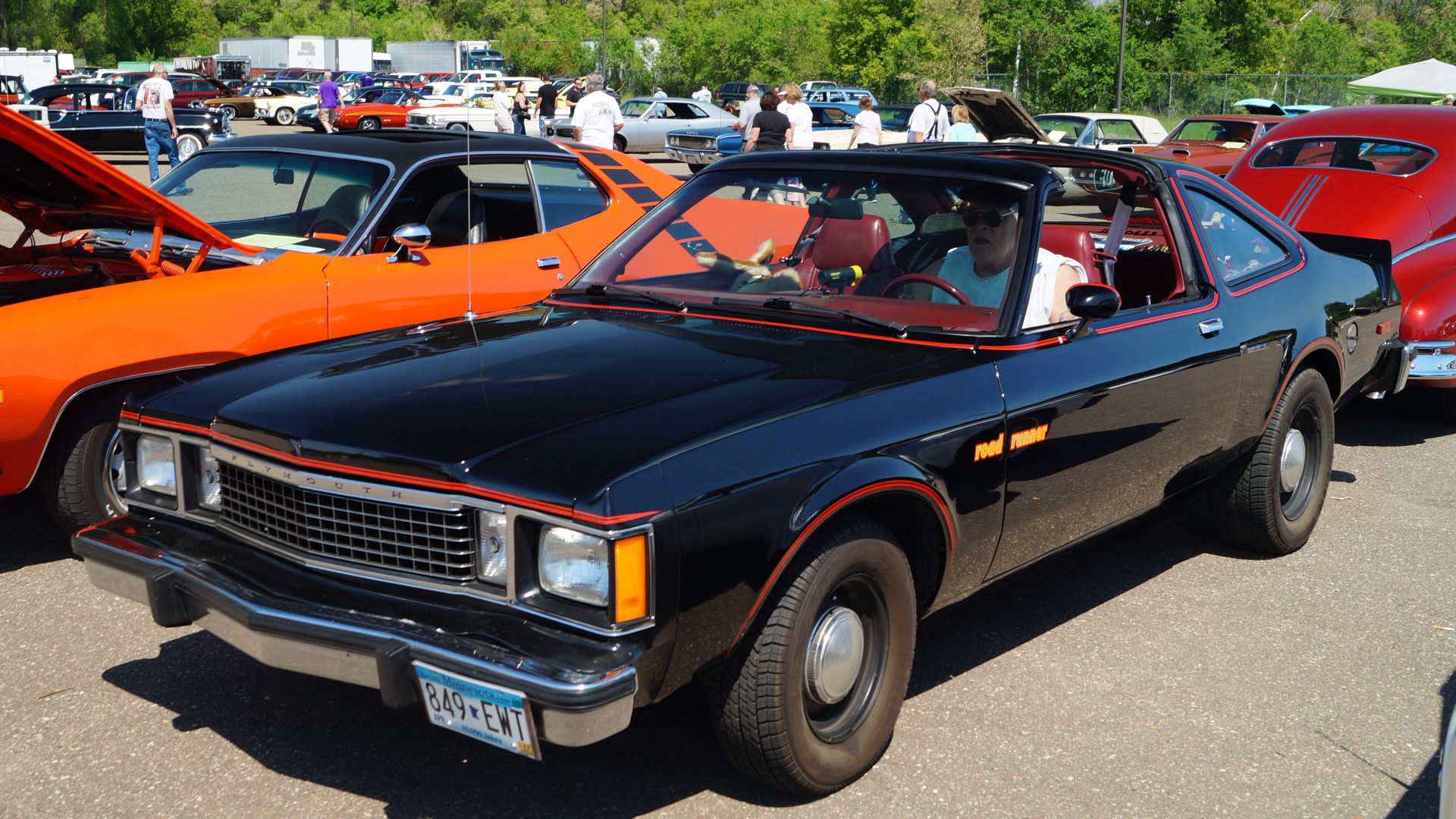 Greg Gjerdingen from Willmar, USA, Wikimedia Commons
Greg Gjerdingen from Willmar, USA, Wikimedia Commons
AMC Rebel Machine (1970)
Drivetrain quirks and inconsistent build quality made reliability a gamble for the Rebel Machine. Even though it's a 390 V8 delivering 340 hp, few owners kept it long. The bold image and raw power couldn't mask the support it lacked. That’s why the Rebel Machine's fleeting appeal was overshadowed by its mechanical shortcomings.
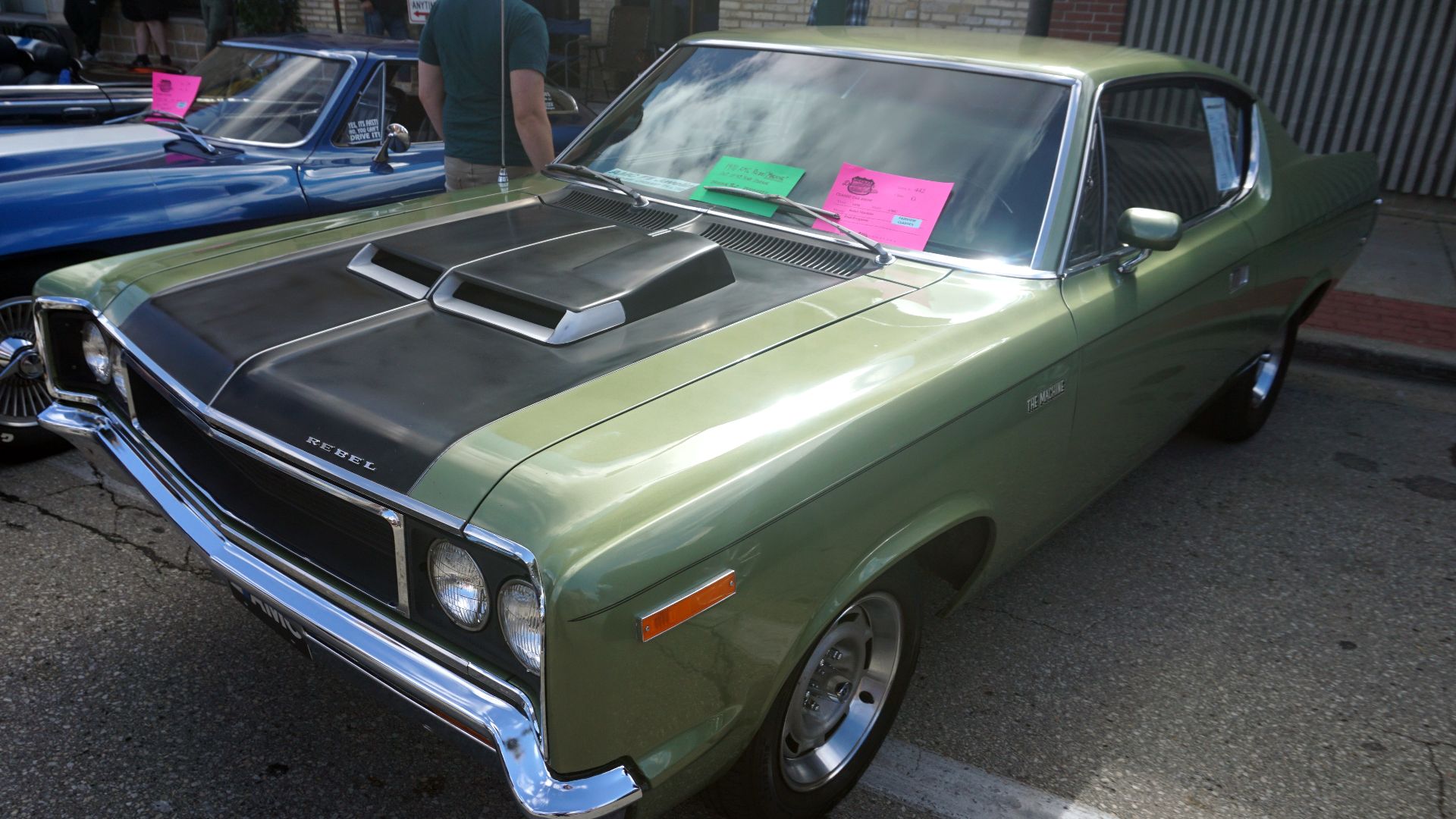 Michael Barera, Wikimedia Commons
Michael Barera, Wikimedia Commons
Chevrolet El Camino V6 (1978–1987)
Despite its distinctive silhouette, the El Camino’s V6 models underperformed. The 3.8L and 4.3L engines lacked torque. As other brands leaned into horsepower and handling, this hybrid offered neither. And consequently, its identity wavered—too soft for performance fans, too sluggish to earn respect.
 ** 1985 CHEVY EL CAMINO 4.3L V6 ** SOLD !! by Jay Brown
** 1985 CHEVY EL CAMINO 4.3L V6 ** SOLD !! by Jay Brown
Dodge Charger (1982–1987)
Once a muscle car legend, the '80s Charger became a front-wheel-drive compact. Its top engine, a 2.2L turbo four with 174 hp, was far from its V8 roots. Despite performance badging, its handling and power failed to meet the name's expectations. The Charger's iconic name couldn't revive its lost performance heritage.
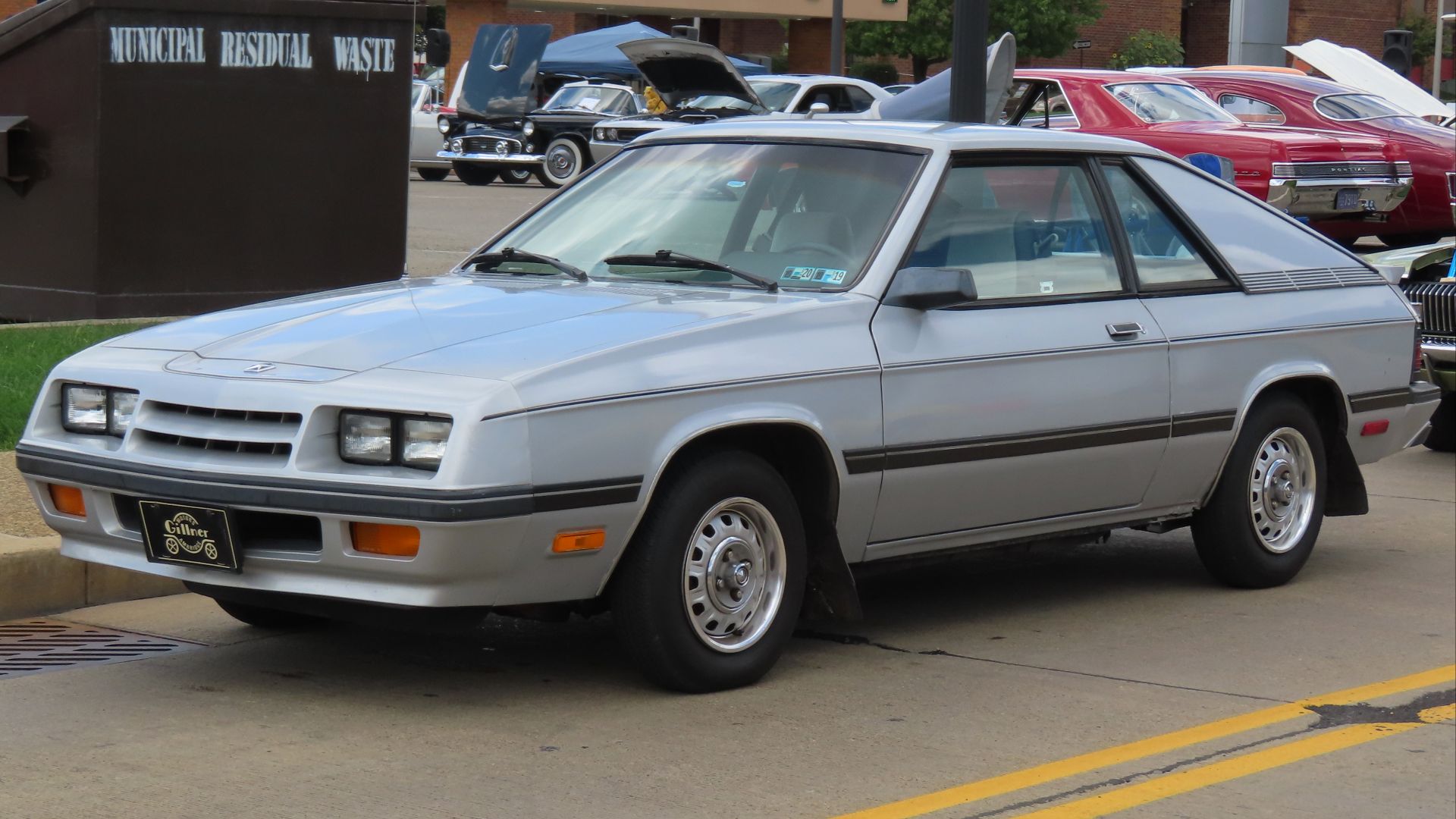 MercurySable99, Wikimedia Commons
MercurySable99, Wikimedia Commons
Peugeot 604 (1975–1985)
If you admired the Peugeot 604 for its French elegance, you weren't alone, but that charm masked some real issues. Electrical gremlins were common, and rust set in early. The PRV V6 engine added oil leaks and fragile timing chains, while few mechanics could confidently tackle its quirks.
Yugo GV (1985–1992)
Imported from Yugoslavia, the Yugo GV made headlines for its low price and notorious quality. The carbureted 1.1L engine stalled easily, and interior materials degraded fast. Electrical issues were frequent, and poor crash safety ratings sealed its fate. Few cars fell apart as publicly as this one.
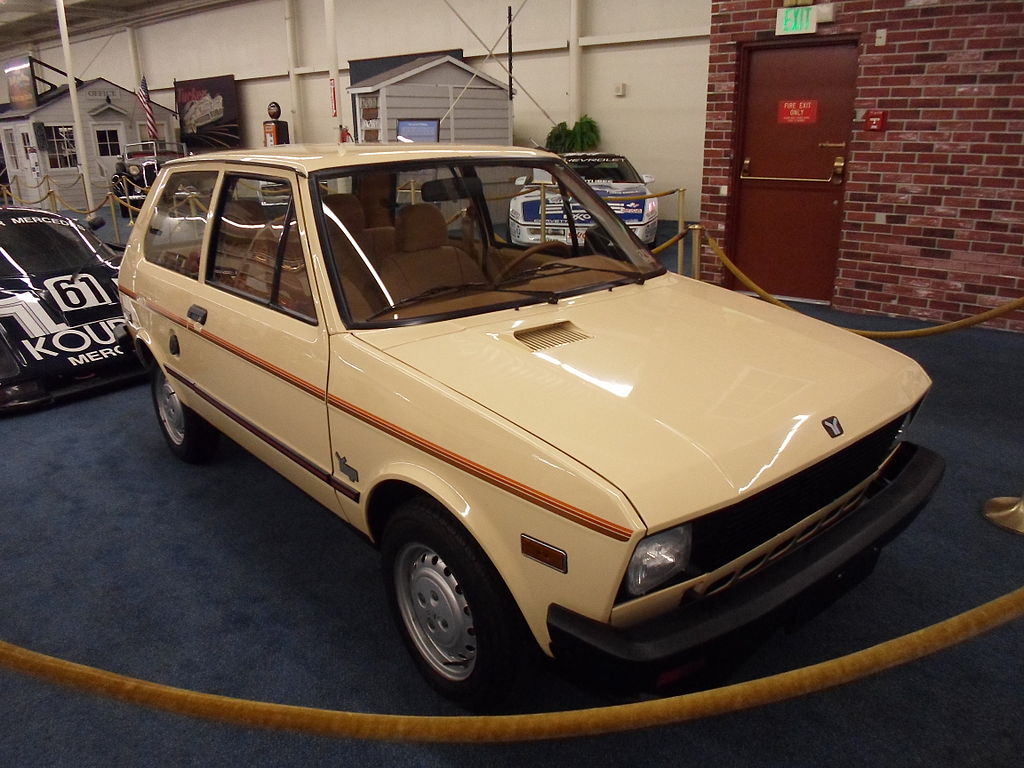 dave_7, CC BY 2.0, Wikimedia Commons
dave_7, CC BY 2.0, Wikimedia Commons
Fiat X1/9 (1972–1989)
Accessing components for repair was tedious, and electrical faults were all too familiar, even for loyal Fiat fans. This wedge-shaped mid-engine targa had flair but required constant patience. Rust appeared in the floorplan and wheel wells, and its 1.3L and later 1.5L engines were underpowered.
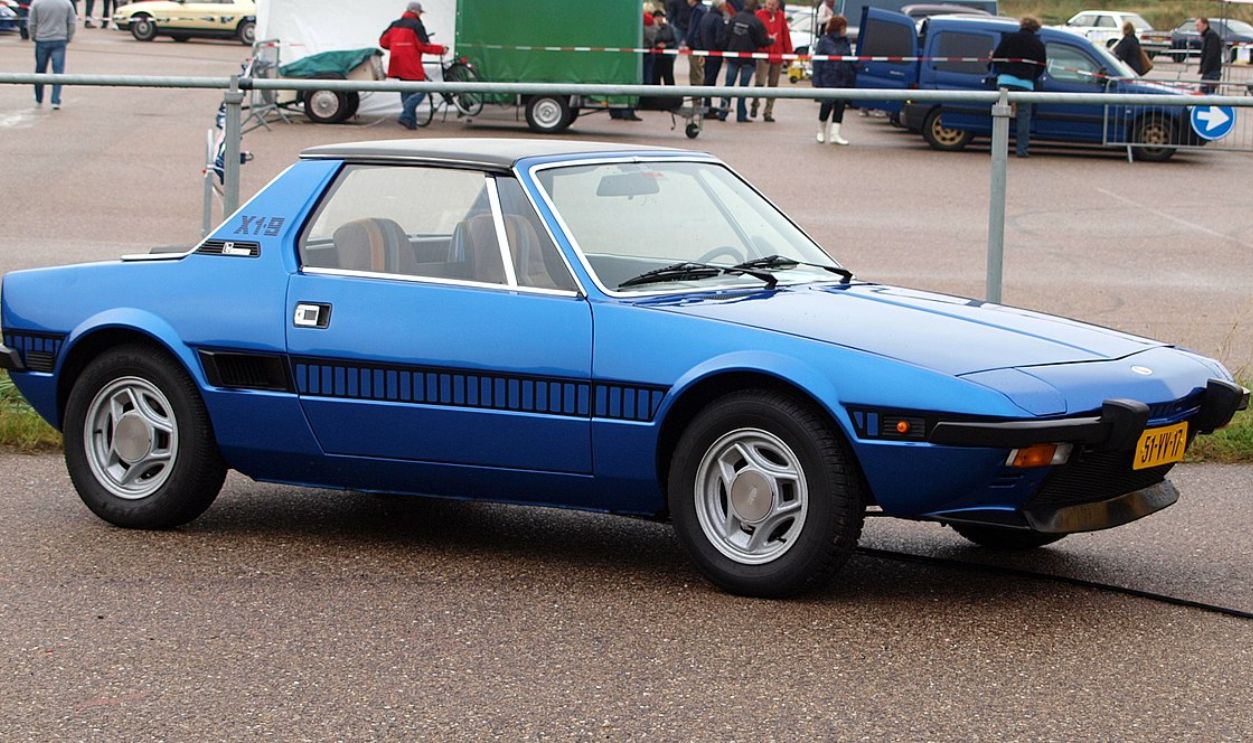 Alf van Beem, CC0, Wikimedia Commons
Alf van Beem, CC0, Wikimedia Commons
Renault Fuego (1980–1986)
A turbocharged French coupe sounded promising, but the Fuego underdelivered. It featured advanced electronics like keyless entry, yet the build quality lagged. Turbo models faced reliability concerns, and body corrosion was common. While the design turned heads, its durability left owners questioning their investment.
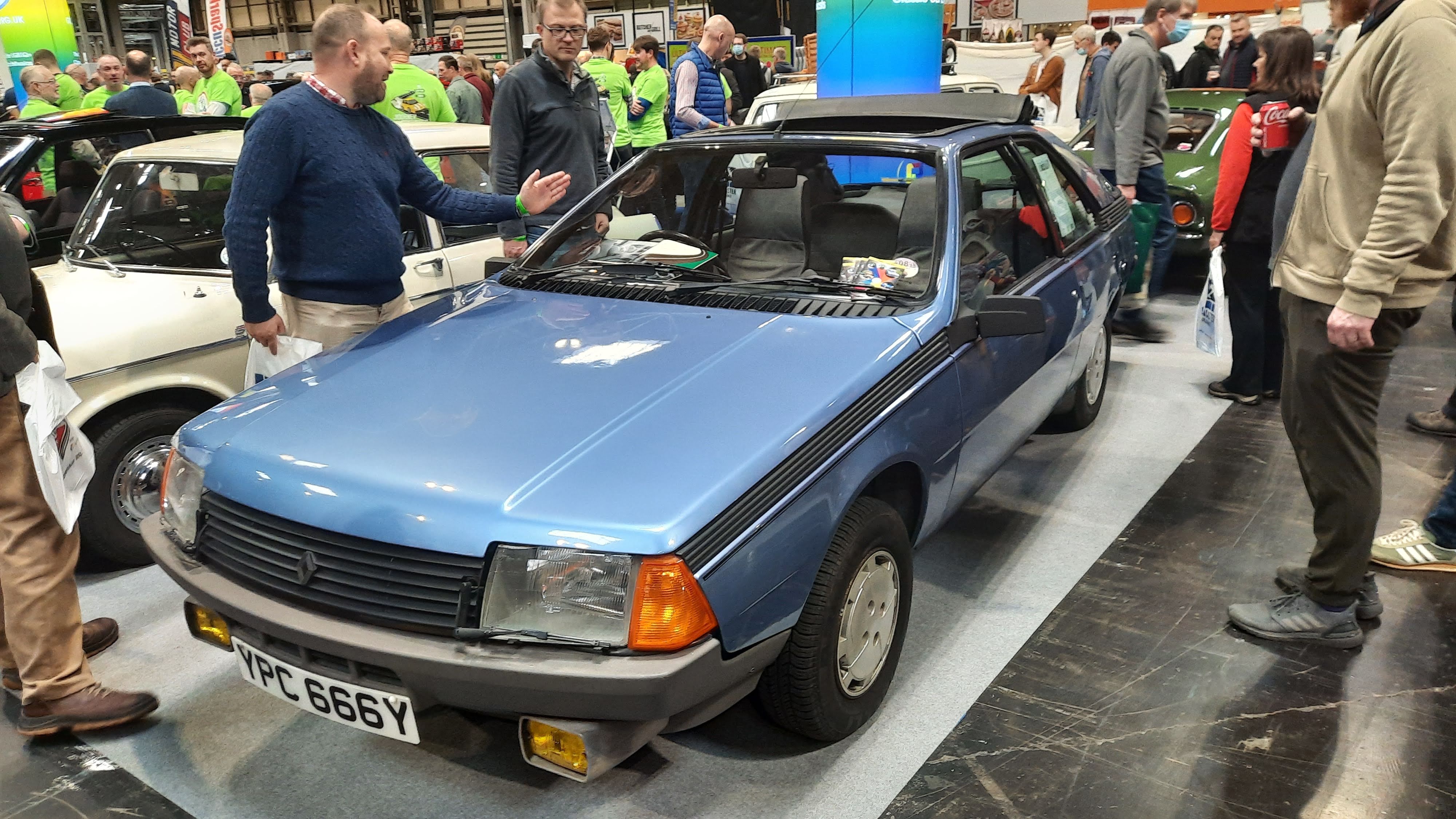 Kieran White, CC BY 2.0, Wikimedia Commons
Kieran White, CC BY 2.0, Wikimedia Commons
Mazda RX-3 (1971–1978)
The RX-3 showcased Mazda's daring rotary engine, which delivered high revs and was lightweight. However, apex seal wear led to oil consumption and reduced lifespan. The fuel economy was dismal, and cold starts were a chore. Though fun in motion, it demanded a forgiving and well-informed owner.
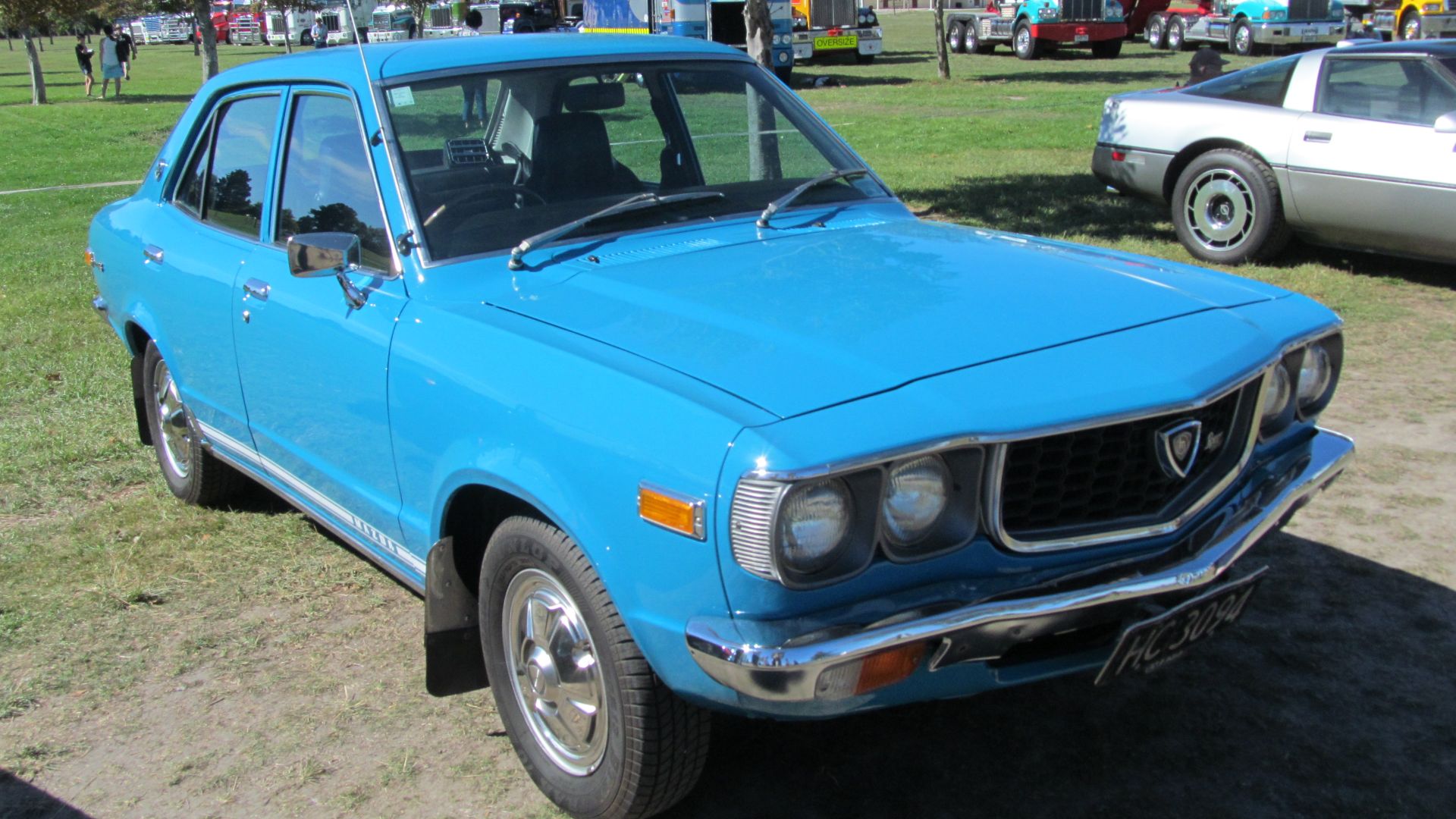 Riley from Christchurch, New Zealand, Wikimedia Commons
Riley from Christchurch, New Zealand, Wikimedia Commons
Triumph TR7 (1974–1981)
Nicknamed "the wedge of doom," the TR7's radical styling masked poor reliability. The 2.0L four-cylinder struggled with overheating and warped cylinder heads. Electrical bugs and poor build quality plagued its production. Despite sporty intentions, it quickly became known more for breakdowns than driving pleasure.
Austin Marina (1971–1980)
Built to be basic, the Marina fell short even by modest standards. Its rear suspension was antiquated, and handling suffered. The engines were coarse and underwhelming, while the interior lacked durability. Build quality varied wildly, and the Marina felt like a car left behind even in its prime.
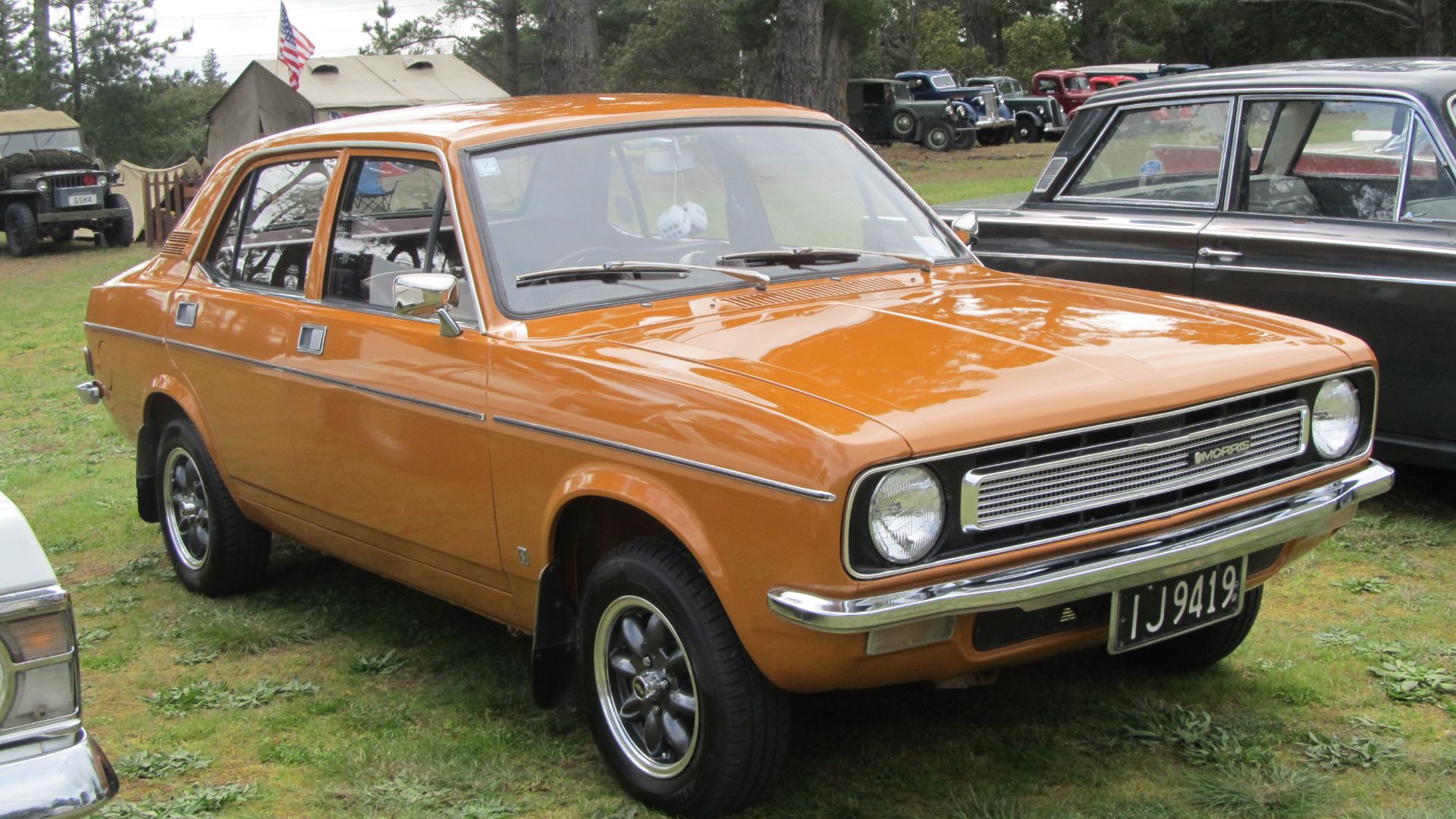 Riley from Christchurch, New Zealand, Wikimedia Commons
Riley from Christchurch, New Zealand, Wikimedia Commons
Ford Pinto (1971–1980)
Affordable and initially popular, the Ford Pinto's legacy was marred by a poorly designed fuel tank that ruptured in rear-end collisions. The resulting accidents and public backlash severely stained its image, ultimately forcing Ford to permanently remove the once-promising model from dealerships.
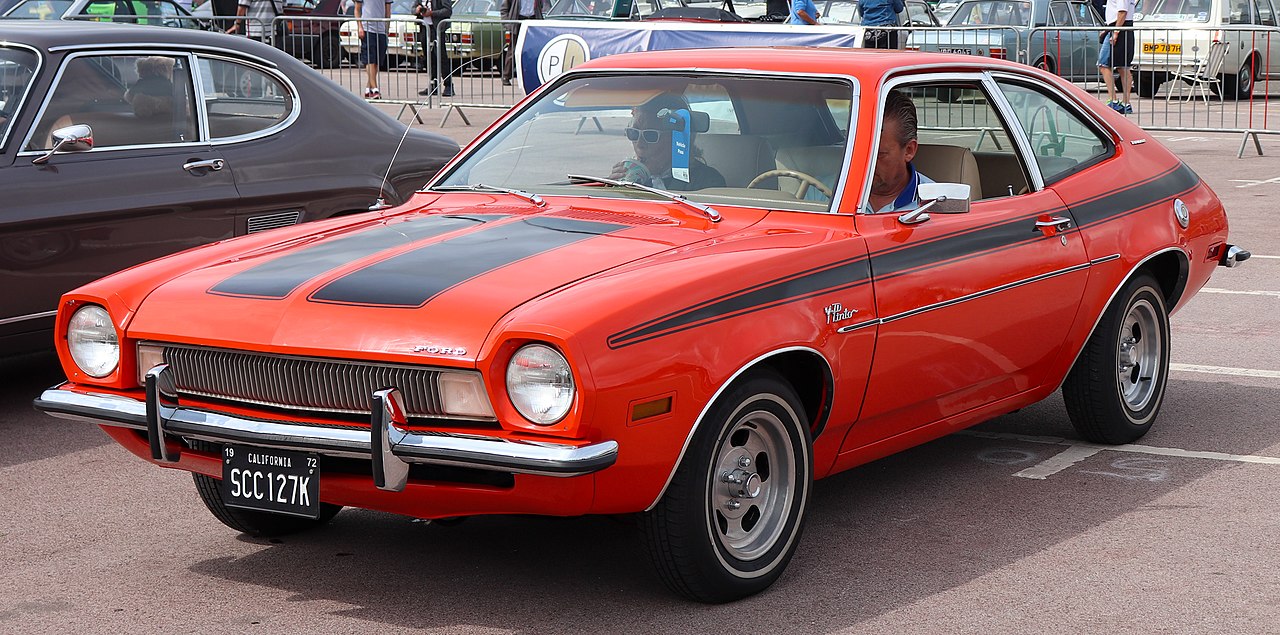 Vauxford, CC BY-SA 4.0, Wikimedia Commons
Vauxford, CC BY-SA 4.0, Wikimedia Commons
Packard Caribbean (1953–1956)
Despite its stylish design and luxury features, the Packard Caribbean was plagued by mechanical failures, particularly its underwhelming engines. Parts were difficult to source, and the costly maintenance made it more of a prestige liability than a sought-after collectible dream for potential buyers.
Edsel Corsair (1958–1960)
Launched as Ford's bold move into luxury, the Edsel Corsair was marketed as an innovative vehicle but quickly became synonymous with failure. The car's awkward design and mechanical issues were compounded by poor sales and reputation, which turned it into an infamous collector's regret.
 Greg Gjerdingen, CC BY 2.0, Wikimedia Commons
Greg Gjerdingen, CC BY 2.0, Wikimedia Commons
Studebaker Avanti (1962–1963)
Although the Avanti featured advanced design and fiberglass construction, it struggled with chronic instability. Engine and transmission problems, combined with inconsistent production quality, significantly limited the Avanti’s potential. These mechanical flaws, alongside unreliable manufacturing, prevented the car from achieving an iconic status.
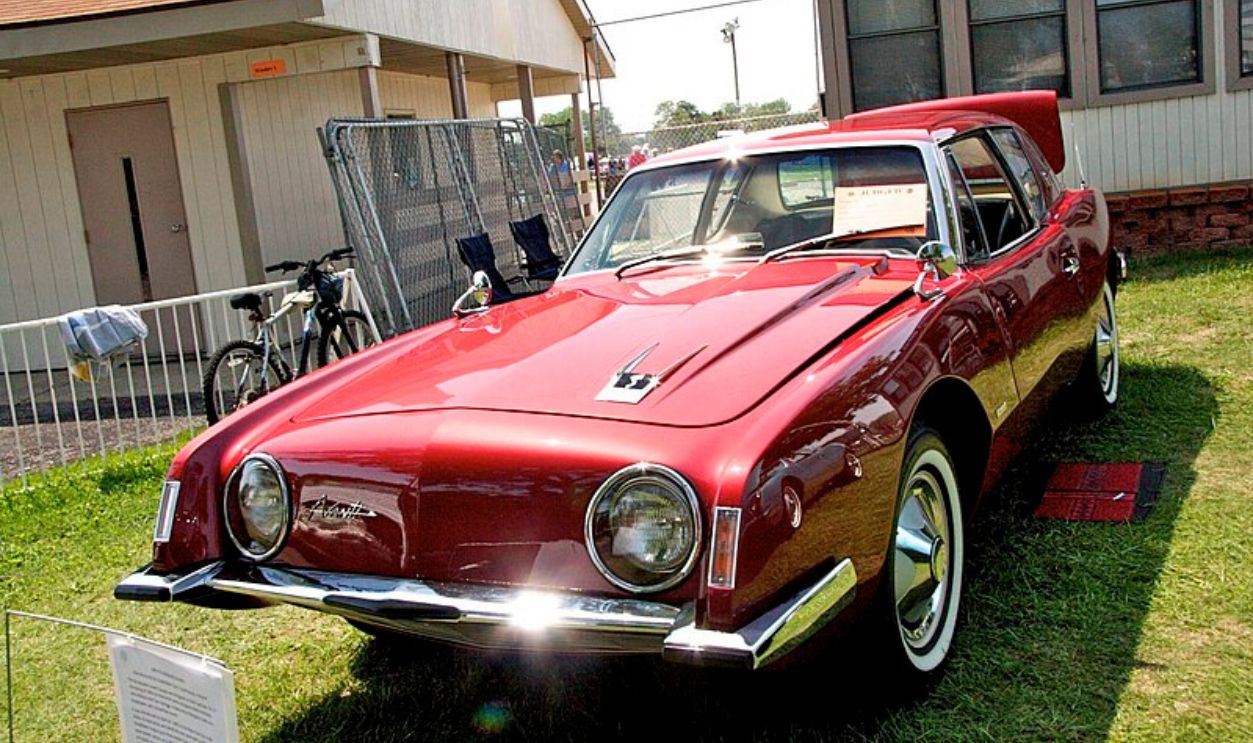 Lschuc, CC BY-SA 4.0, Wikimedia Commons
Lschuc, CC BY-SA 4.0, Wikimedia Commons
Porsche 928 (1978–1995)
Porsche's attempt to create a grand touring car met with mixed results. The 928's V8 engine and heavy weight made it less agile than other Porsches, and its expensive maintenance needs, especially the timing belt replacement, kept it out of reach for many would-be owners.
Iso Grifo (1965–1974)
With its stunning Bertone design and powerful Chevrolet Corvette engine, the Iso Grifo was a striking luxury sports car. However, the scarcity of parts and the complexity of repairs made maintaining this Italian-American hybrid costly and highly frustrating for its dedicated owners throughout the years.
Cadillac Cimarron (1982–1988)
Cadillac's attempt to enter the compact car market led to the Cimarron, essentially a rebadged Chevrolet Cavalier. Despite its luxury badge, the Cimarron failed to impress, plagued by subpar build quality and lackluster performance that didn't meet Cadillac's high standards for luxury and innovation.
Chrysler TC by Maserati (1989–1991)
Unreliable electronics and a confused identity plagued the Chrysler TC by Maserati. Attempting to blend American practicality with Italian flair in a hesitant market, it faltered. Though it showcased Maserati styling and luxury, this ill-fated collaboration never worked as intended.
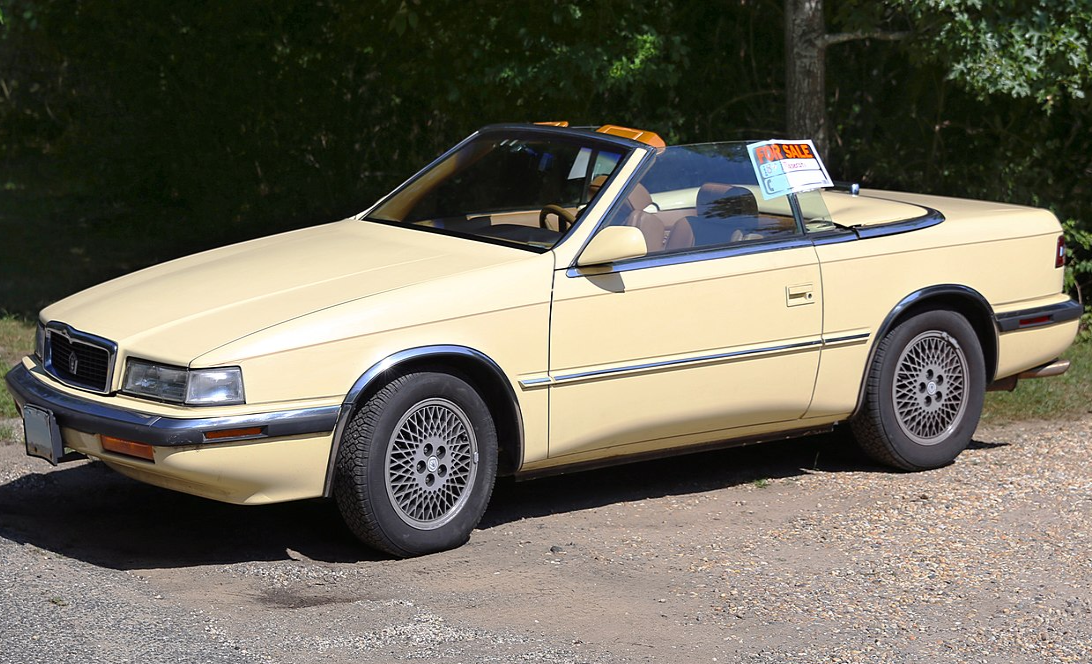 Mr.choppers, CC BY-SA 3.0, Wikimedia Commons
Mr.choppers, CC BY-SA 3.0, Wikimedia Commons
Lancia Beta (1972–1984)
Rust relentlessly attacked the Lancia Beta's suspension mounts and subframes. Mechanical troubles, from timing belt failures to persistent oil leaks, weakened its integrity. Although it wore Italy's celebrated design flair, these chronic issues turned the Beta's sporty, sophisticated promise into a cautionary tale for collectors.


